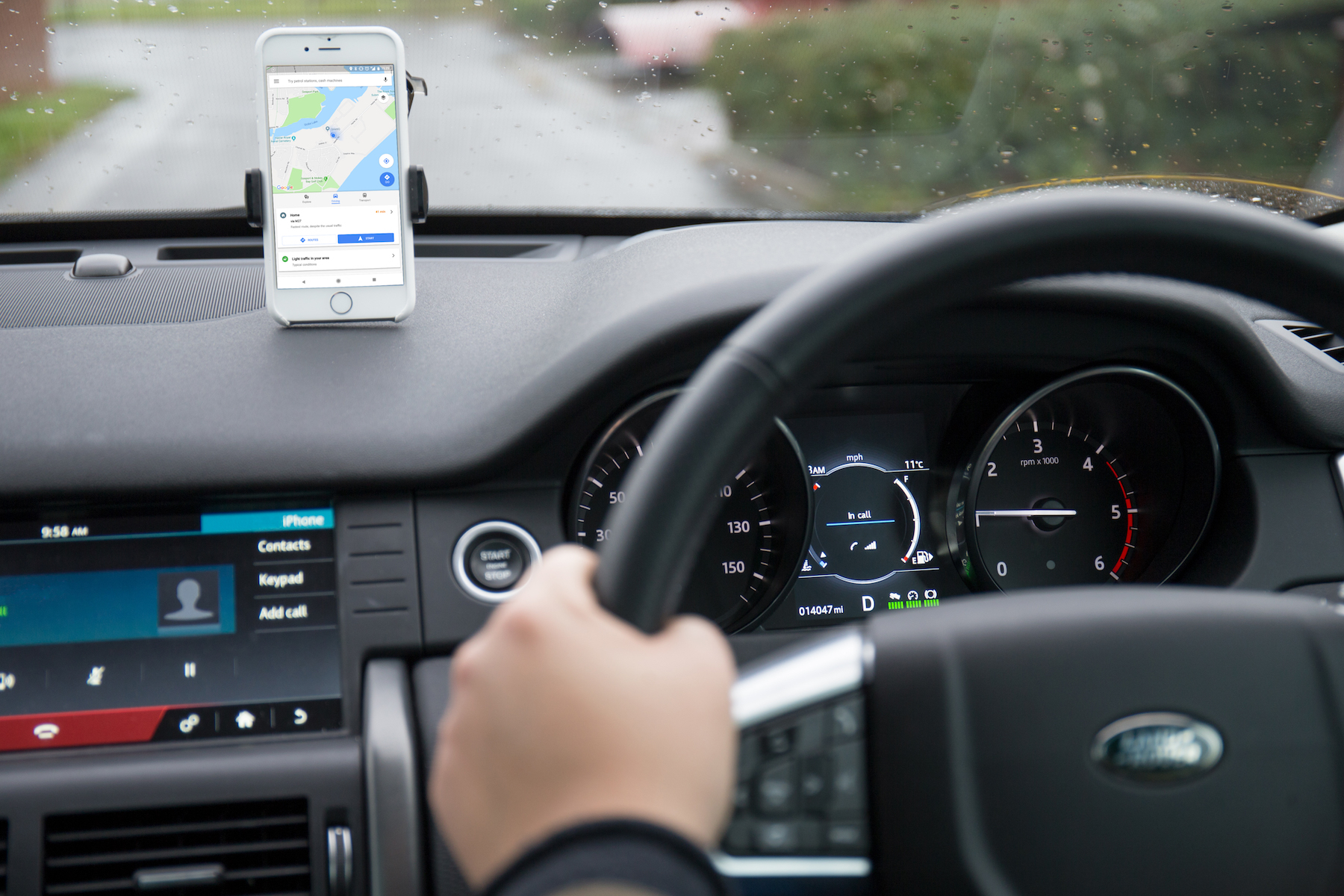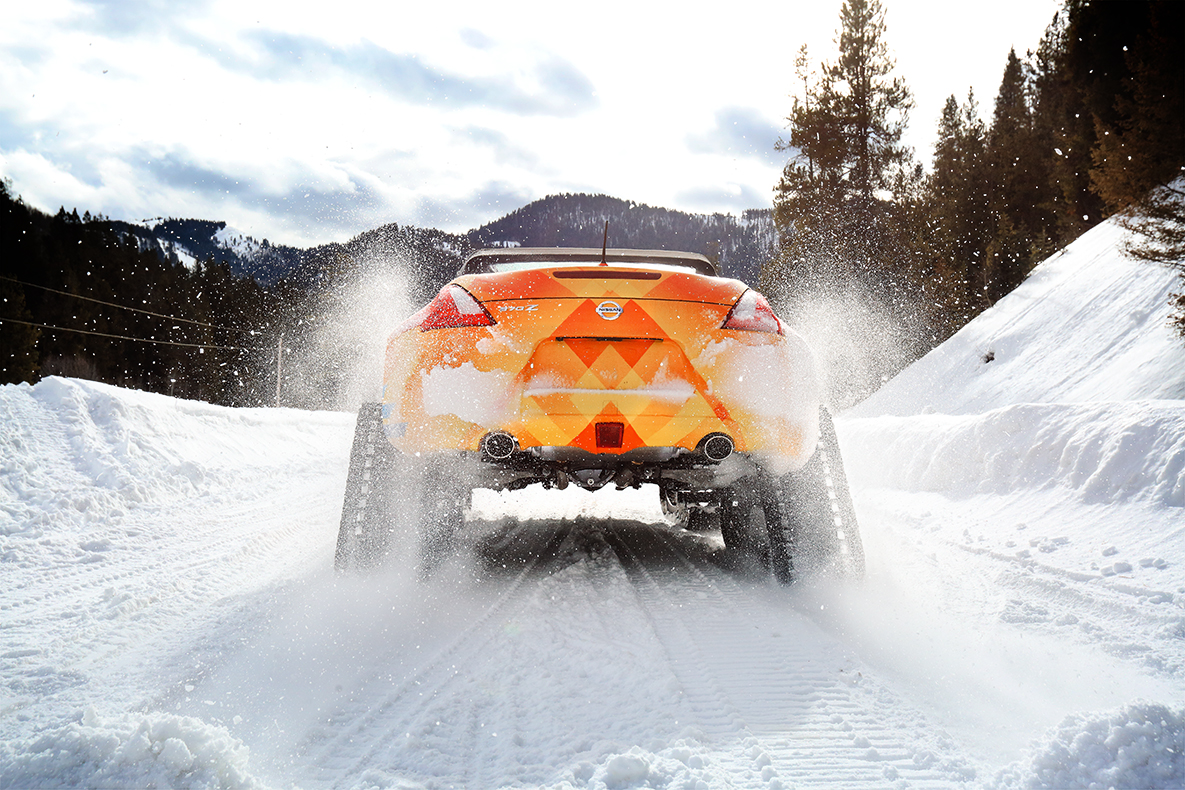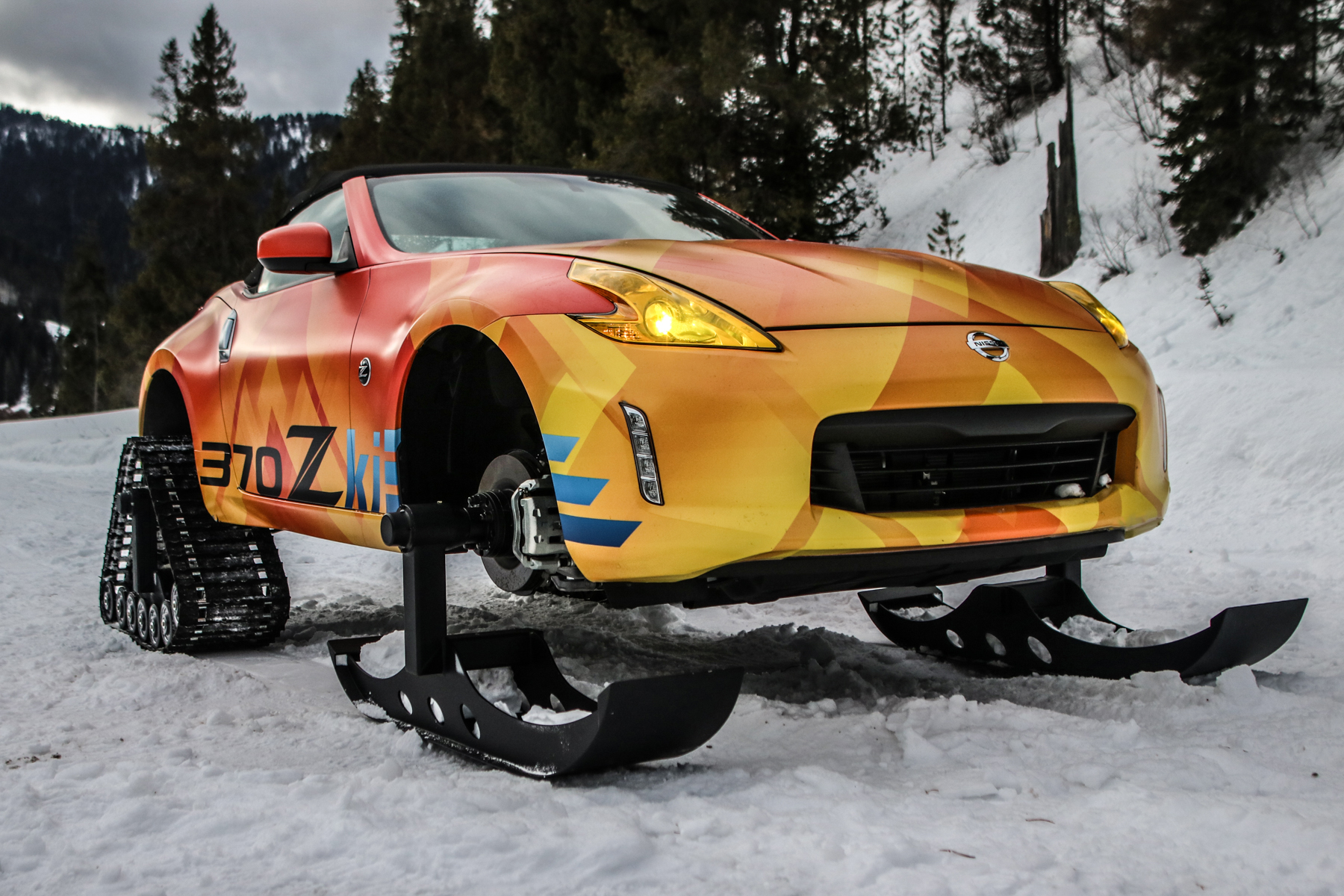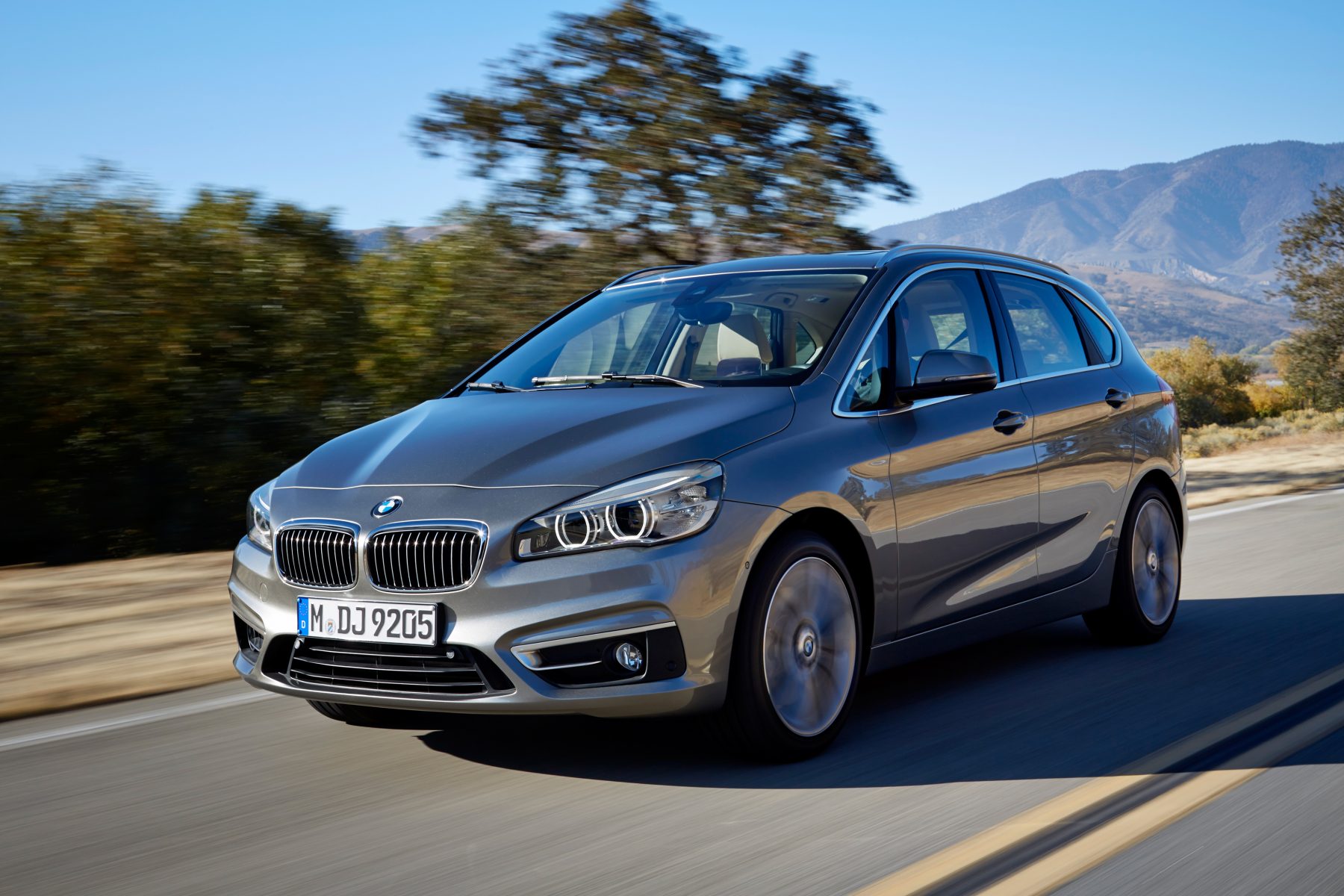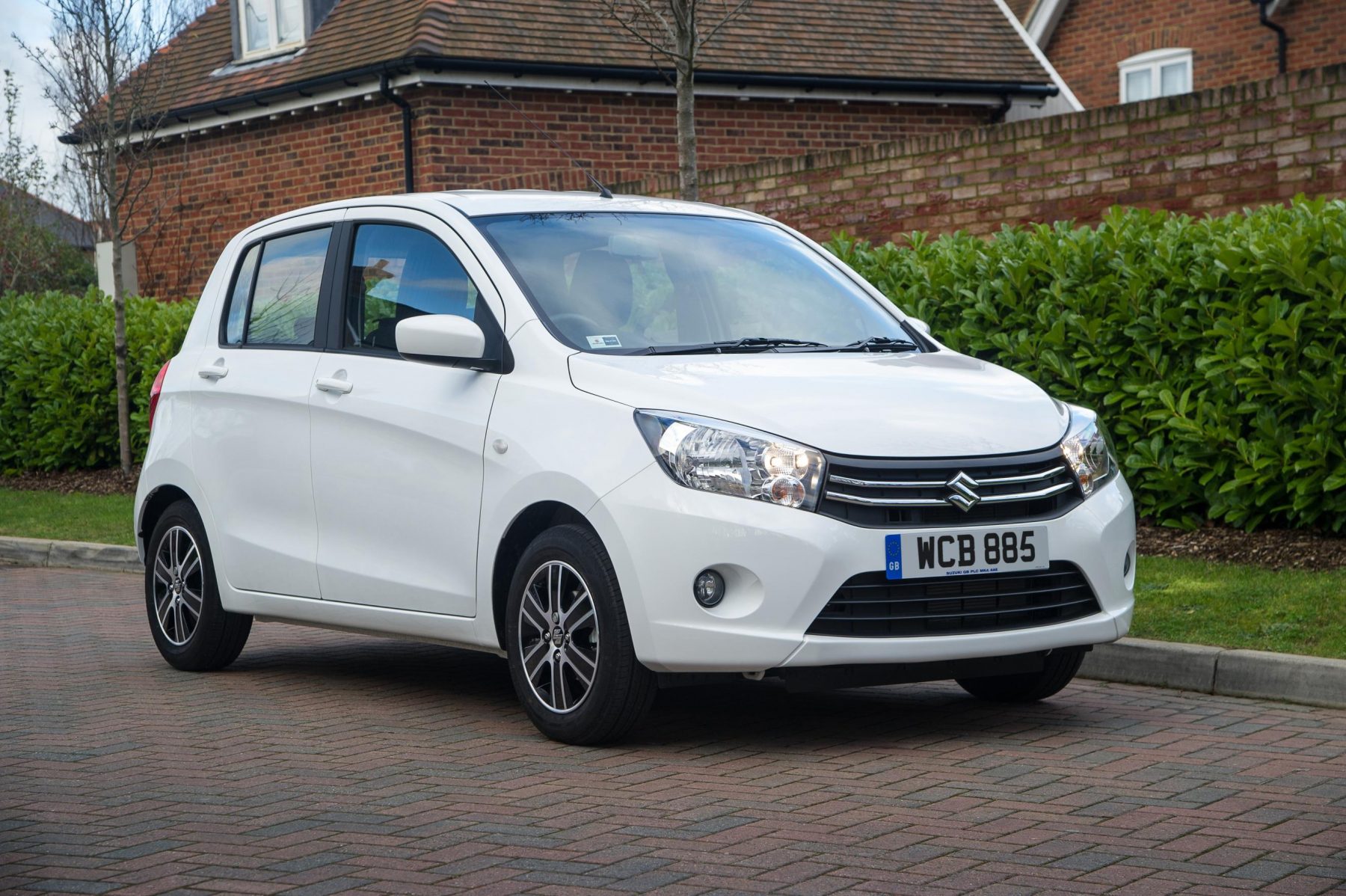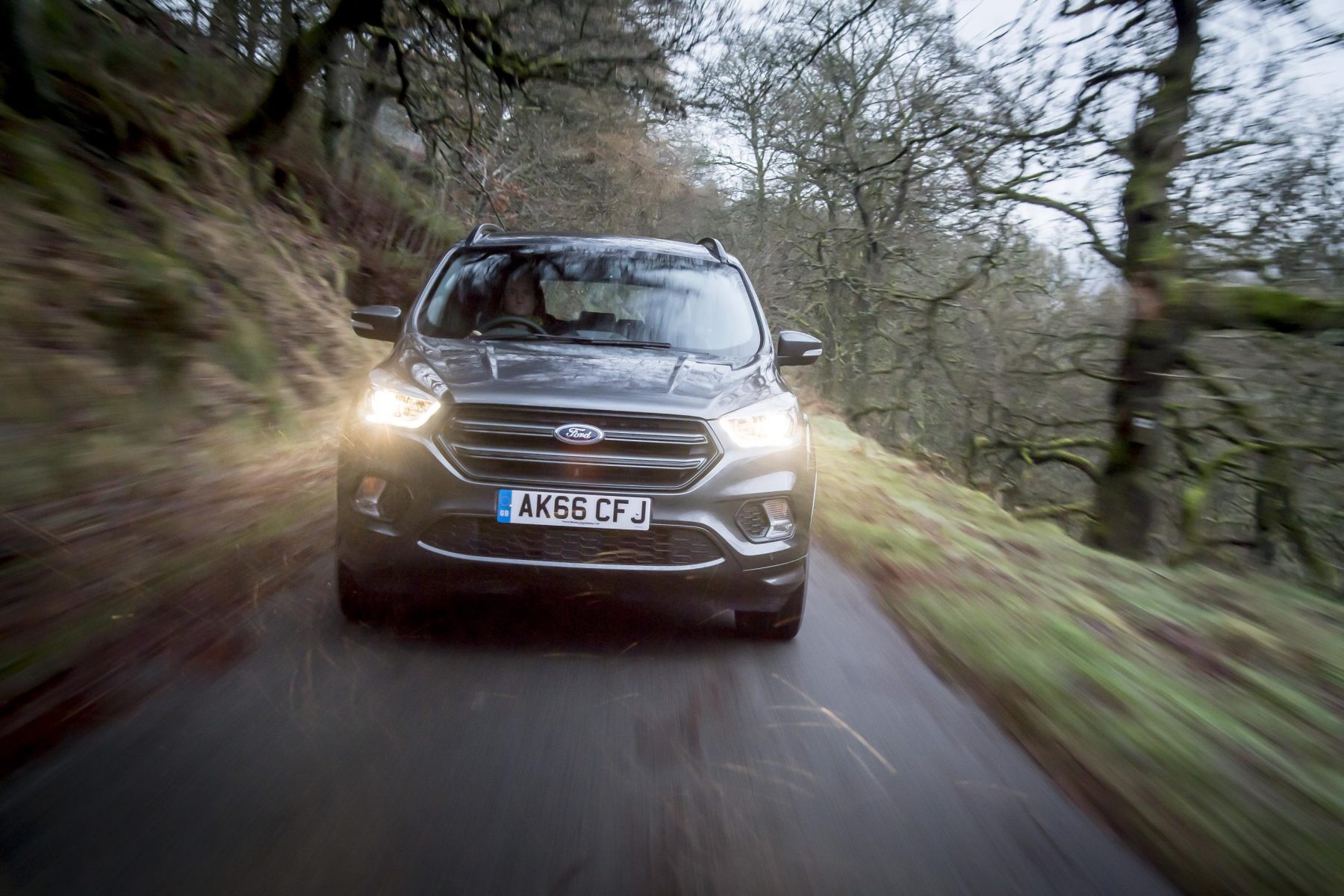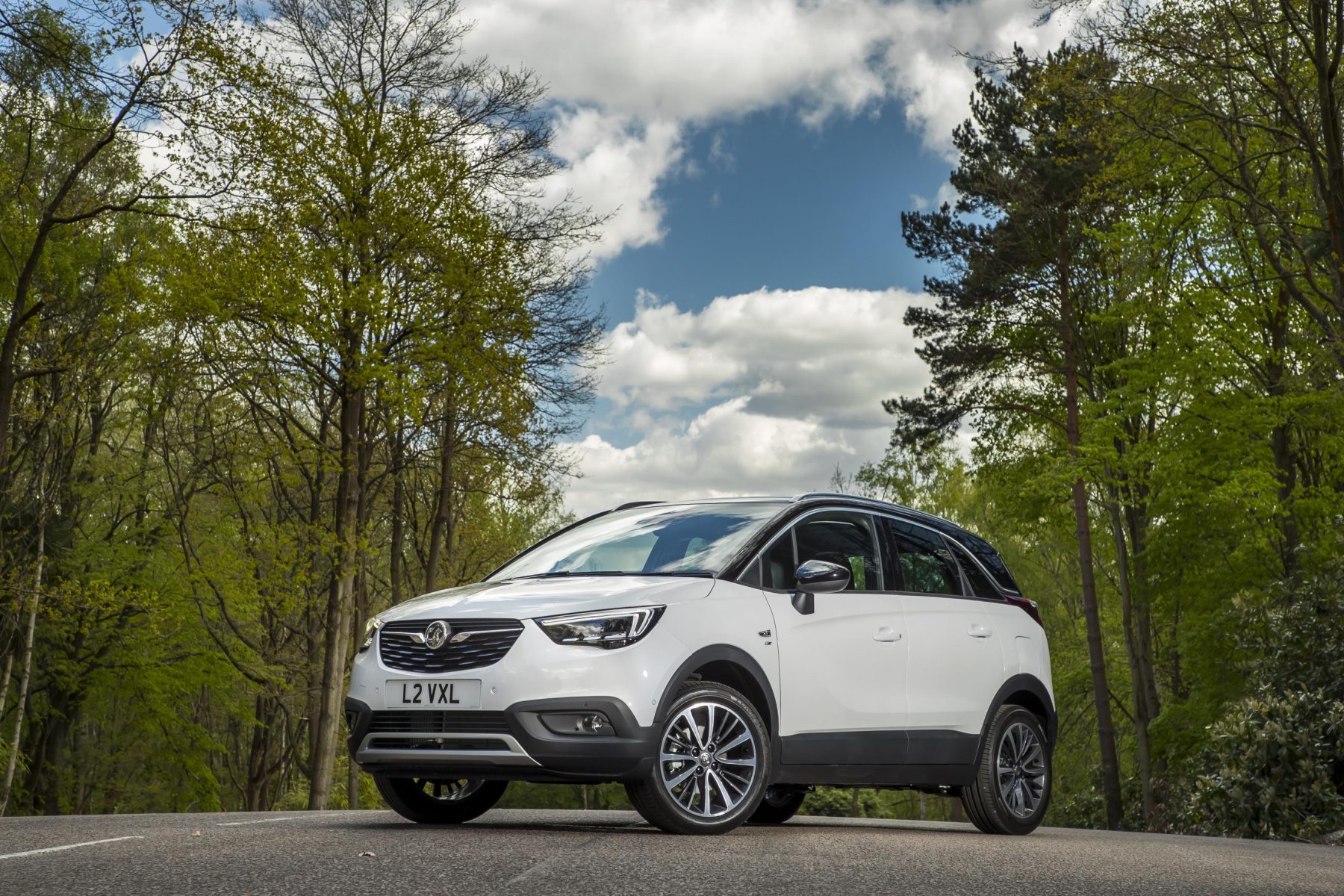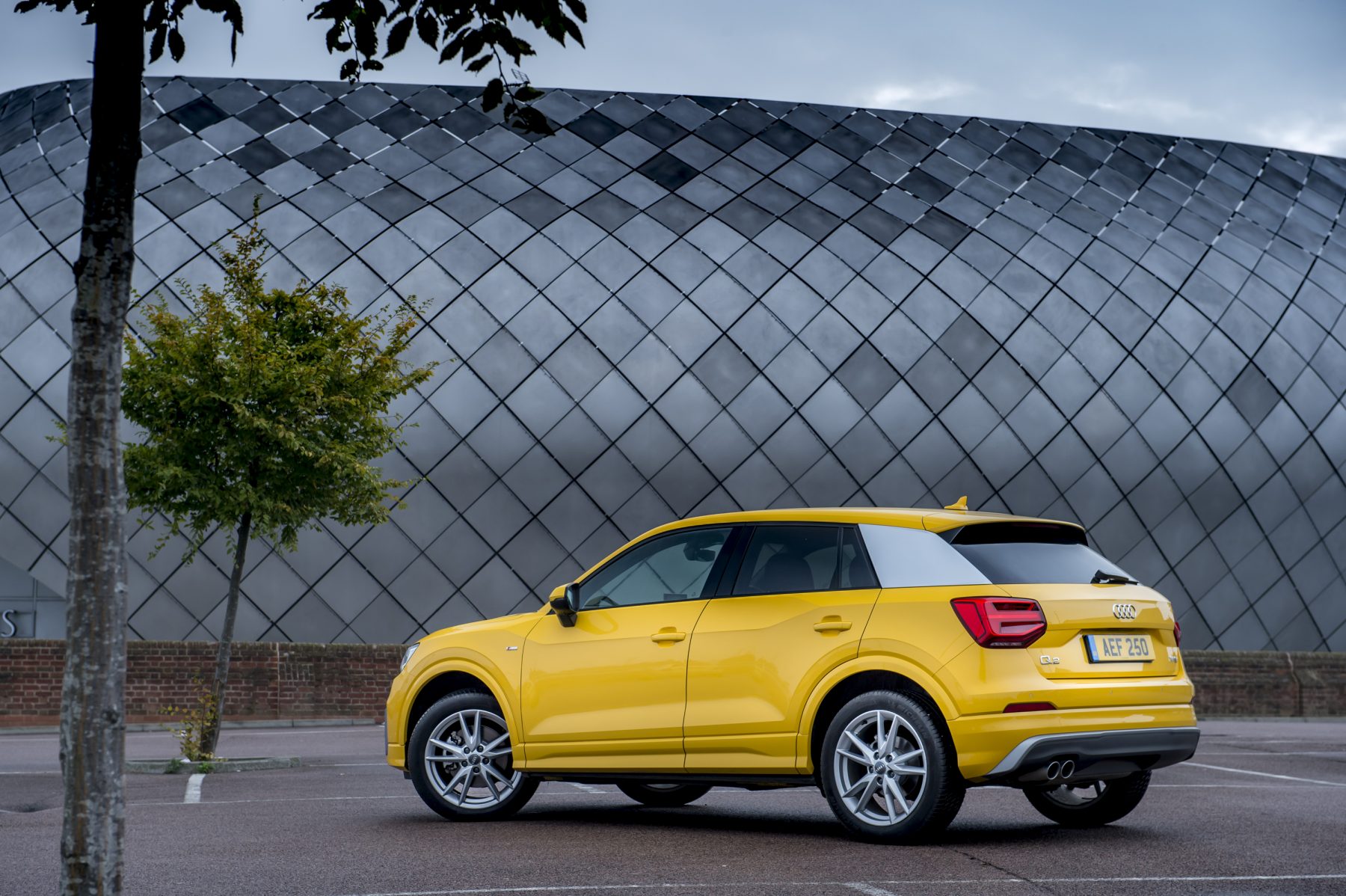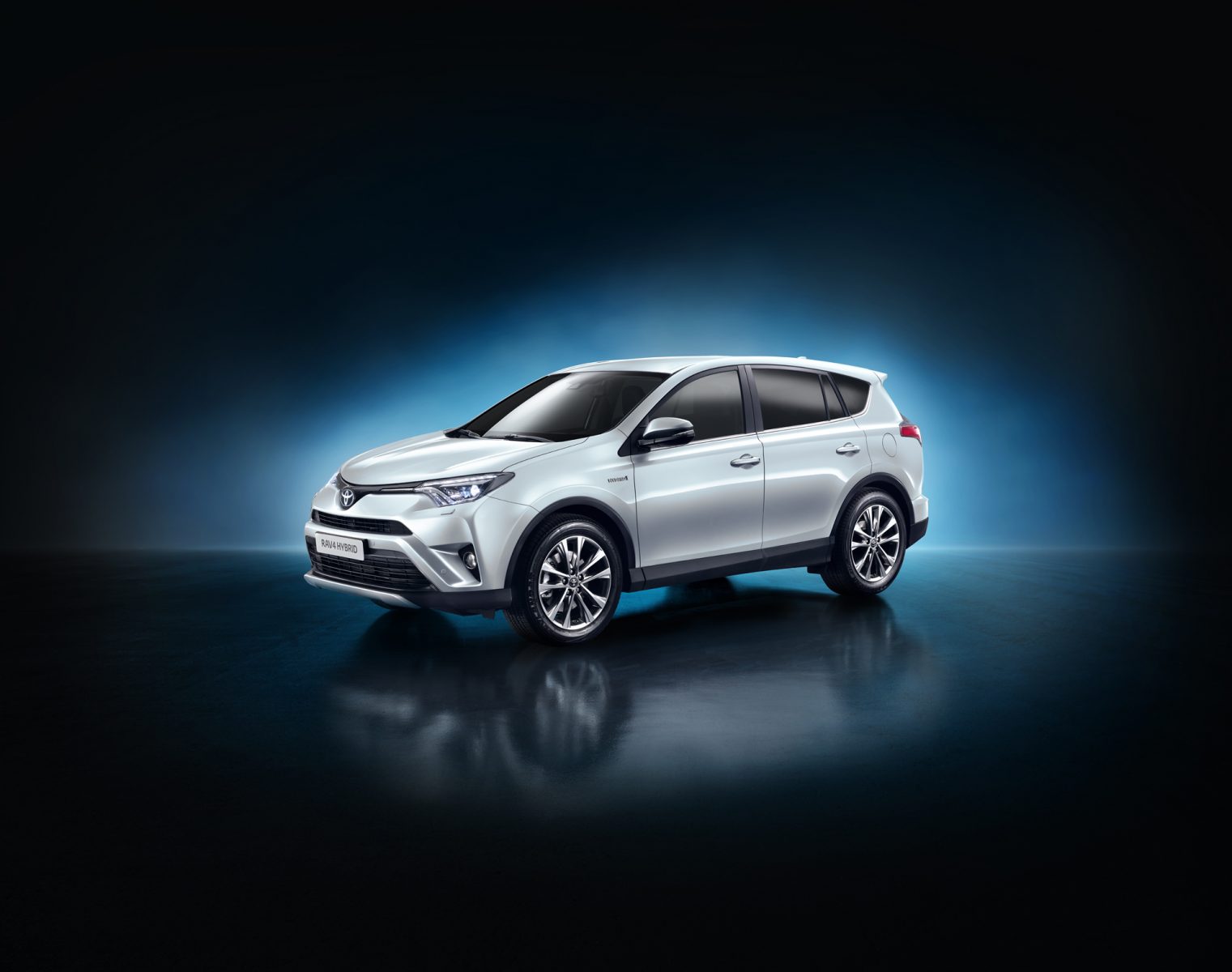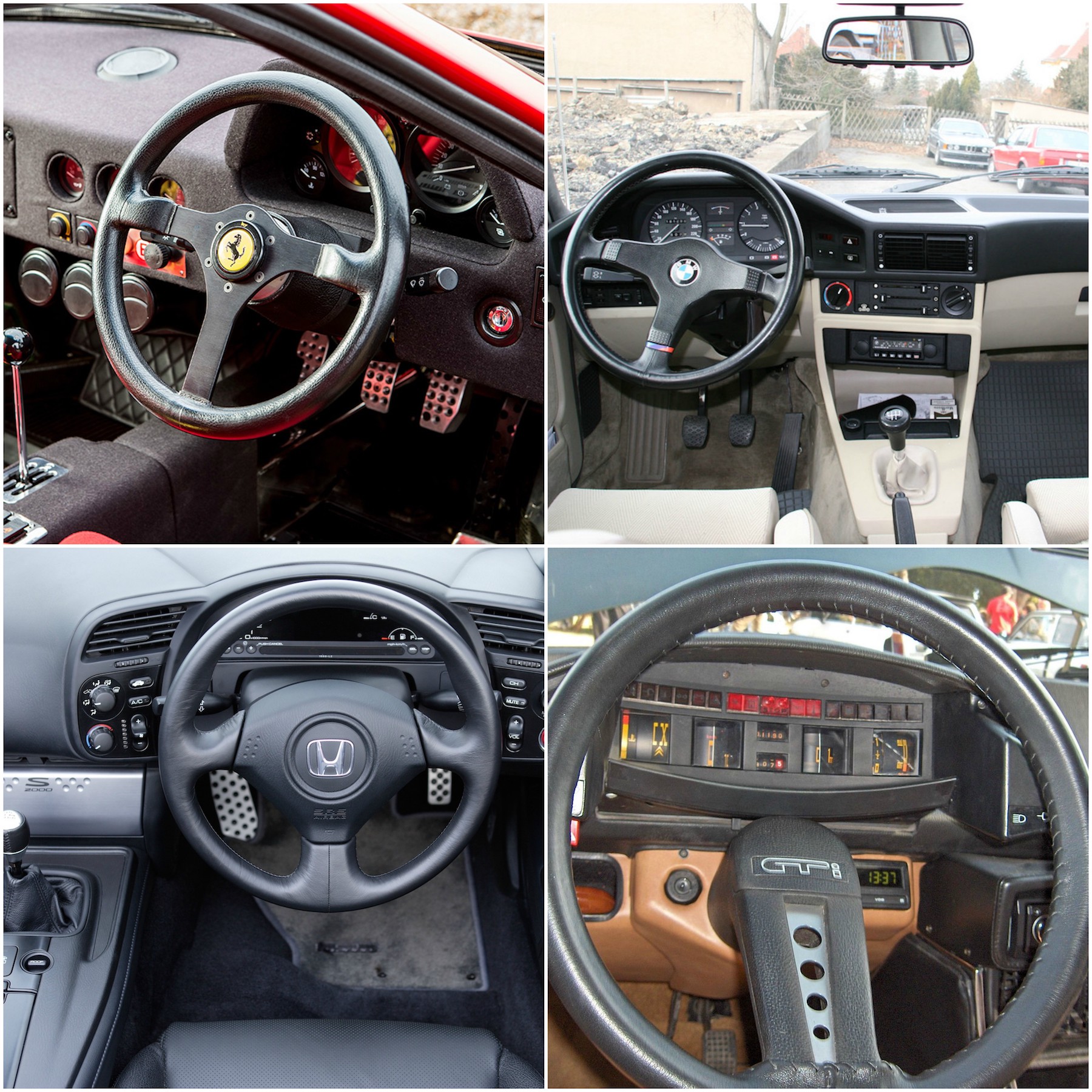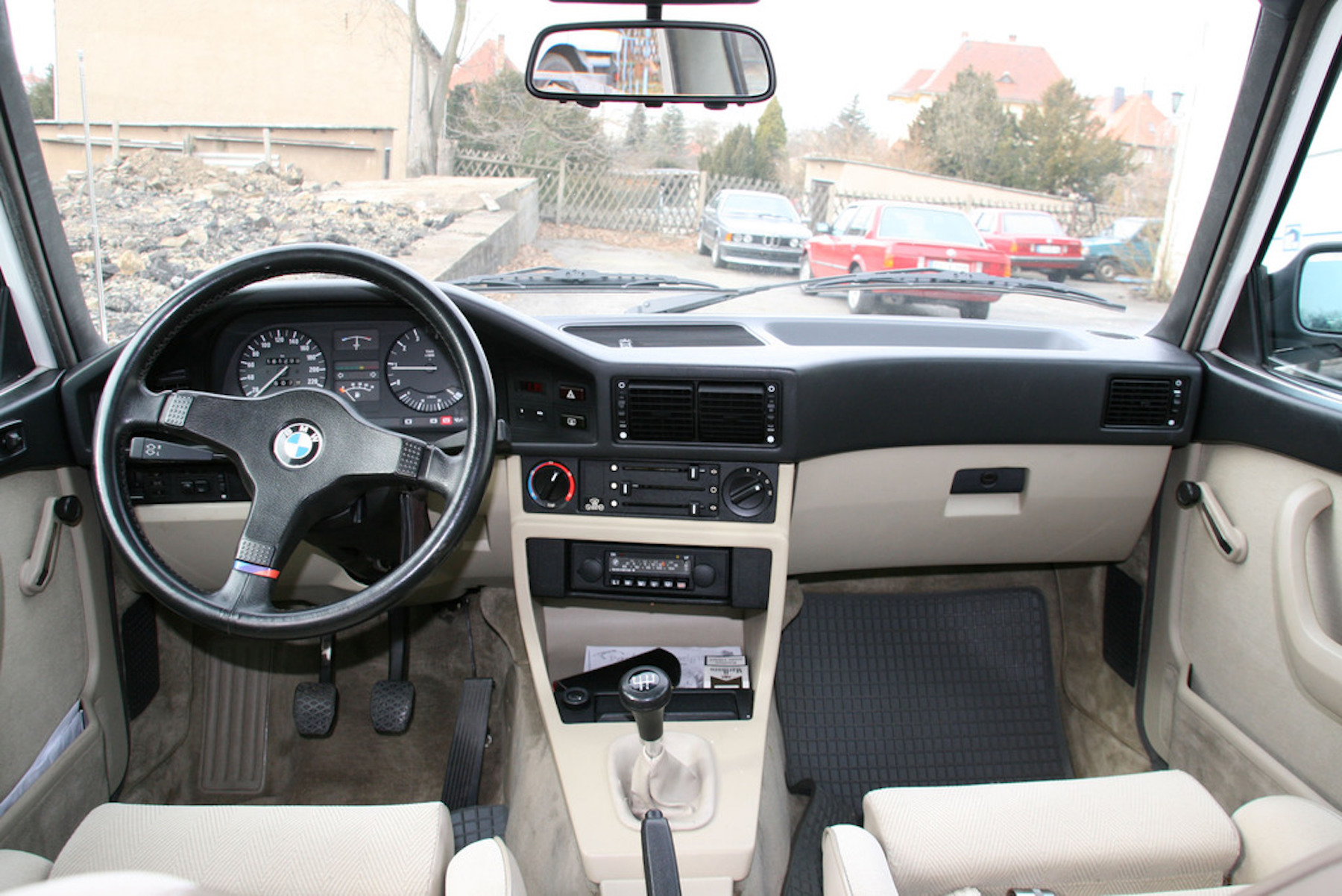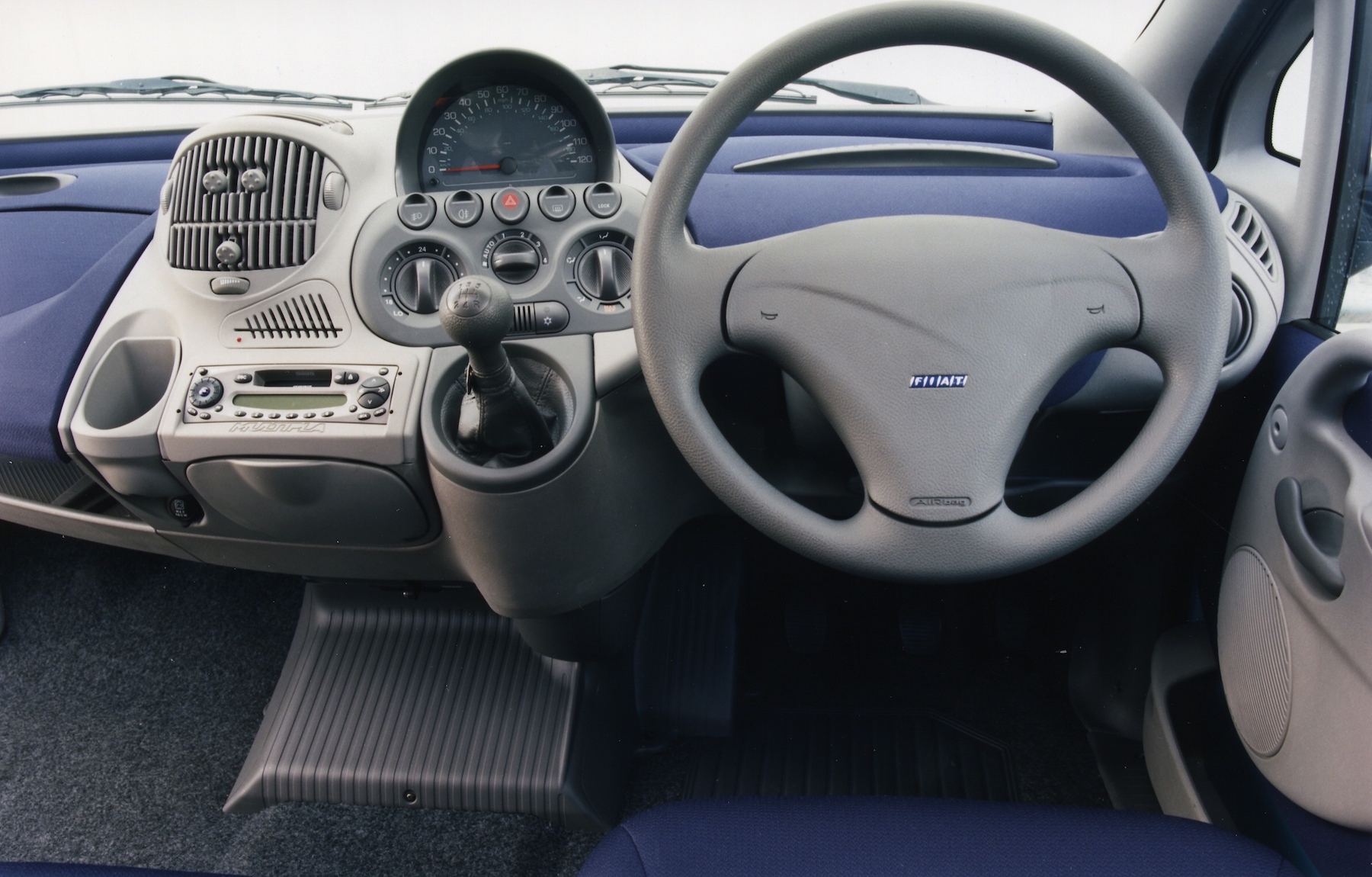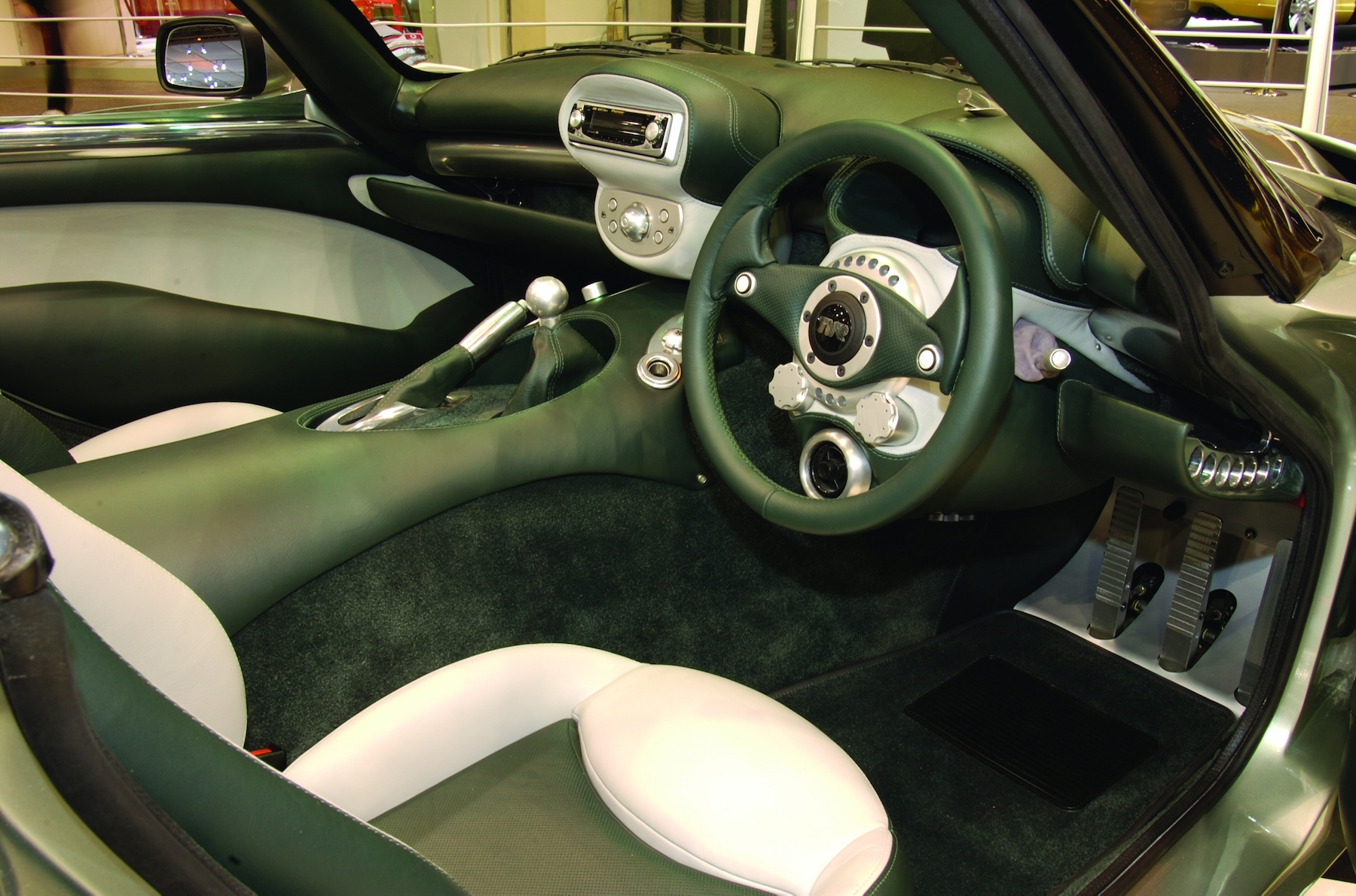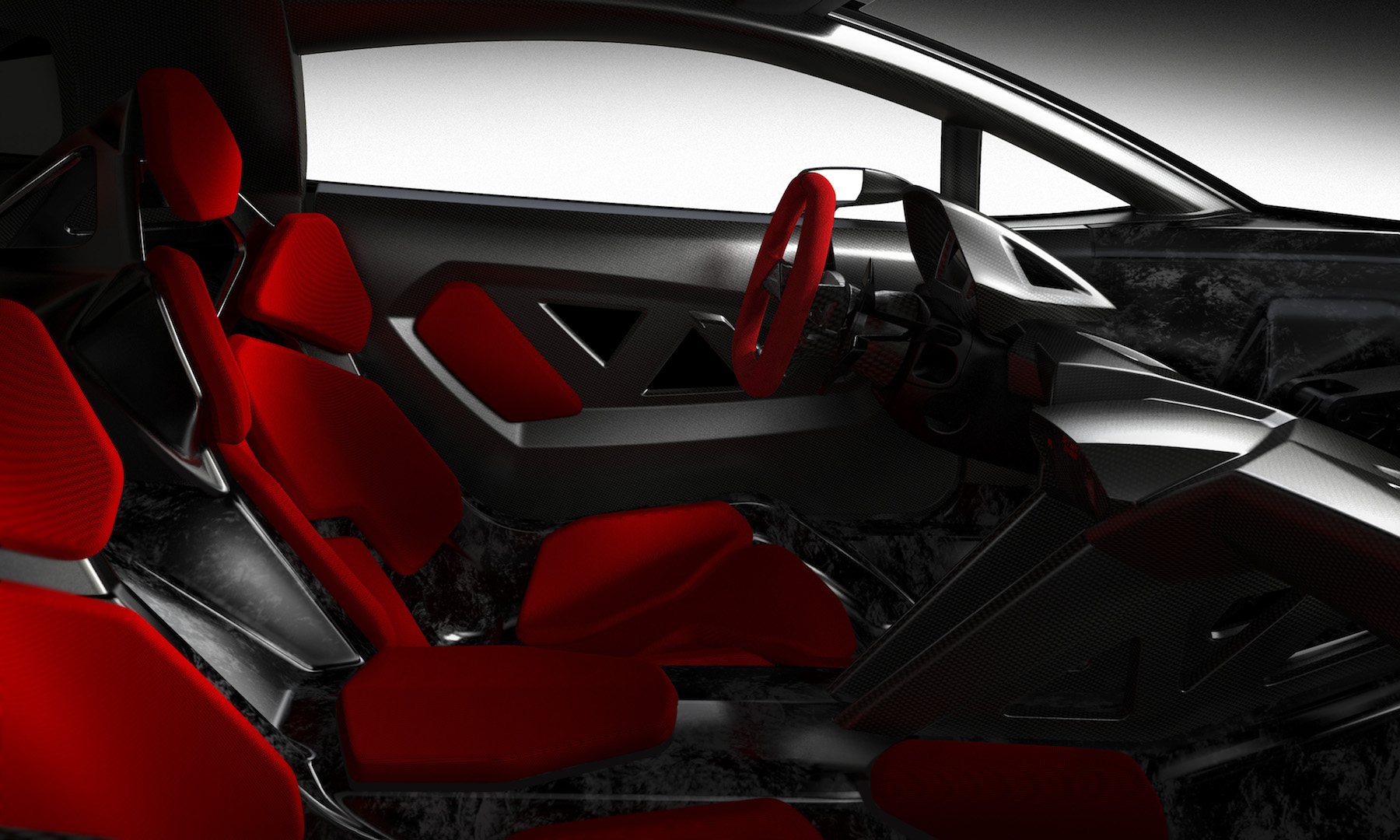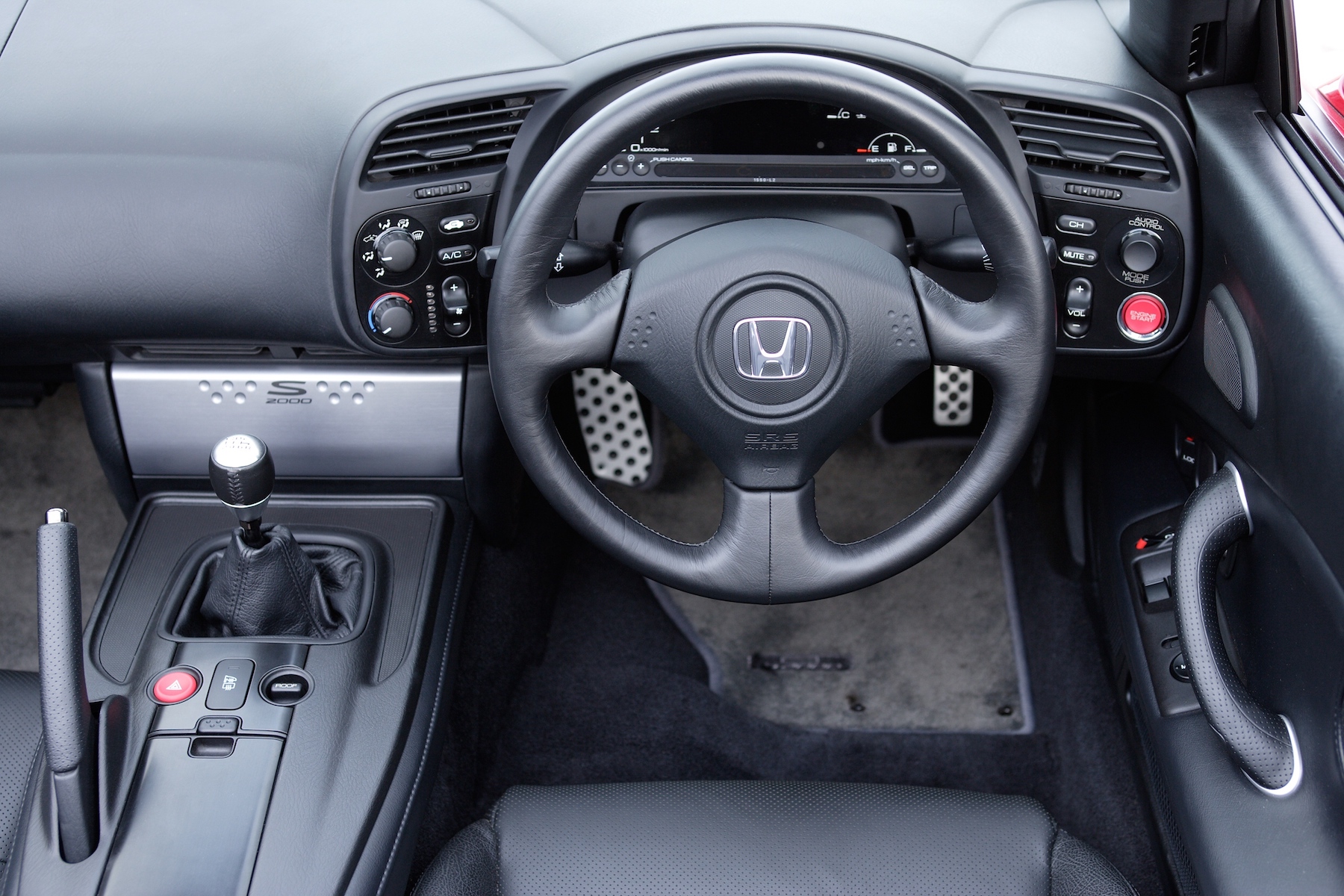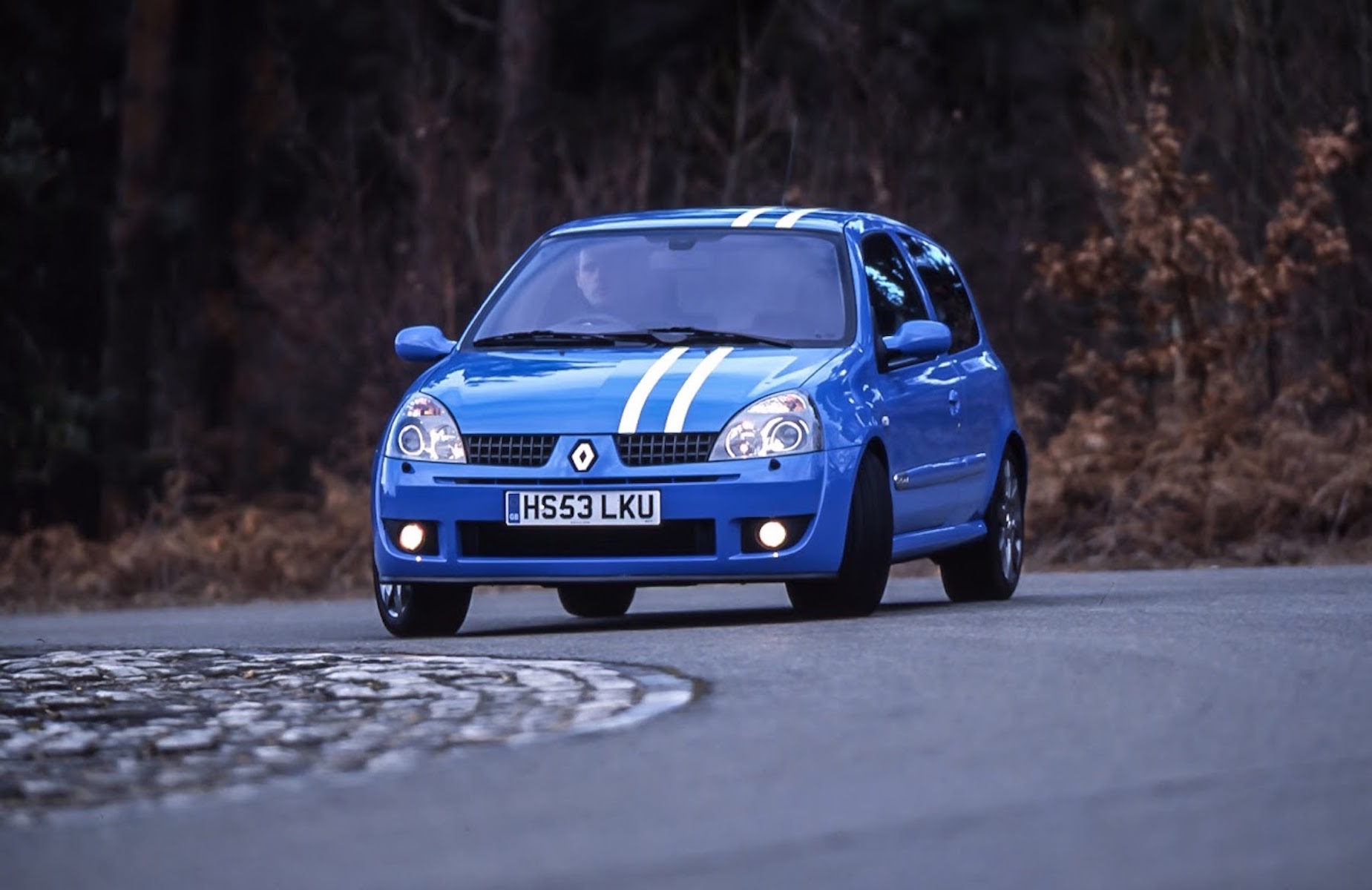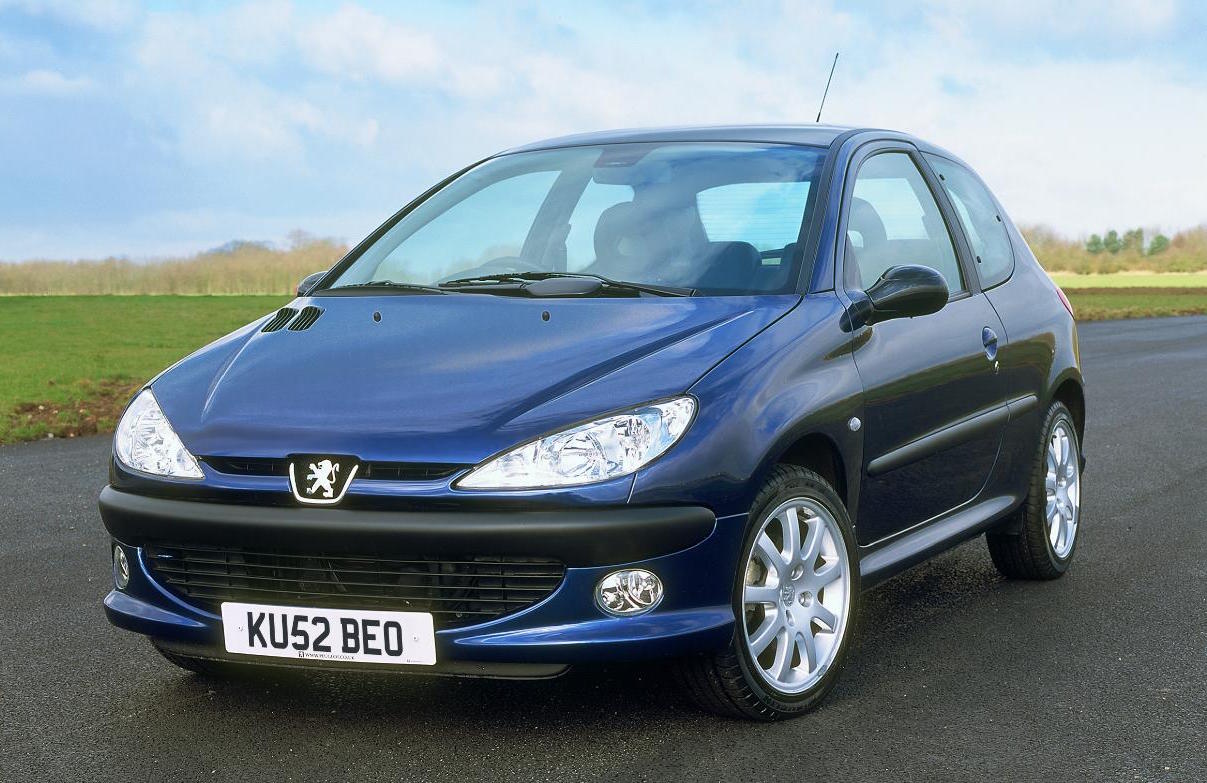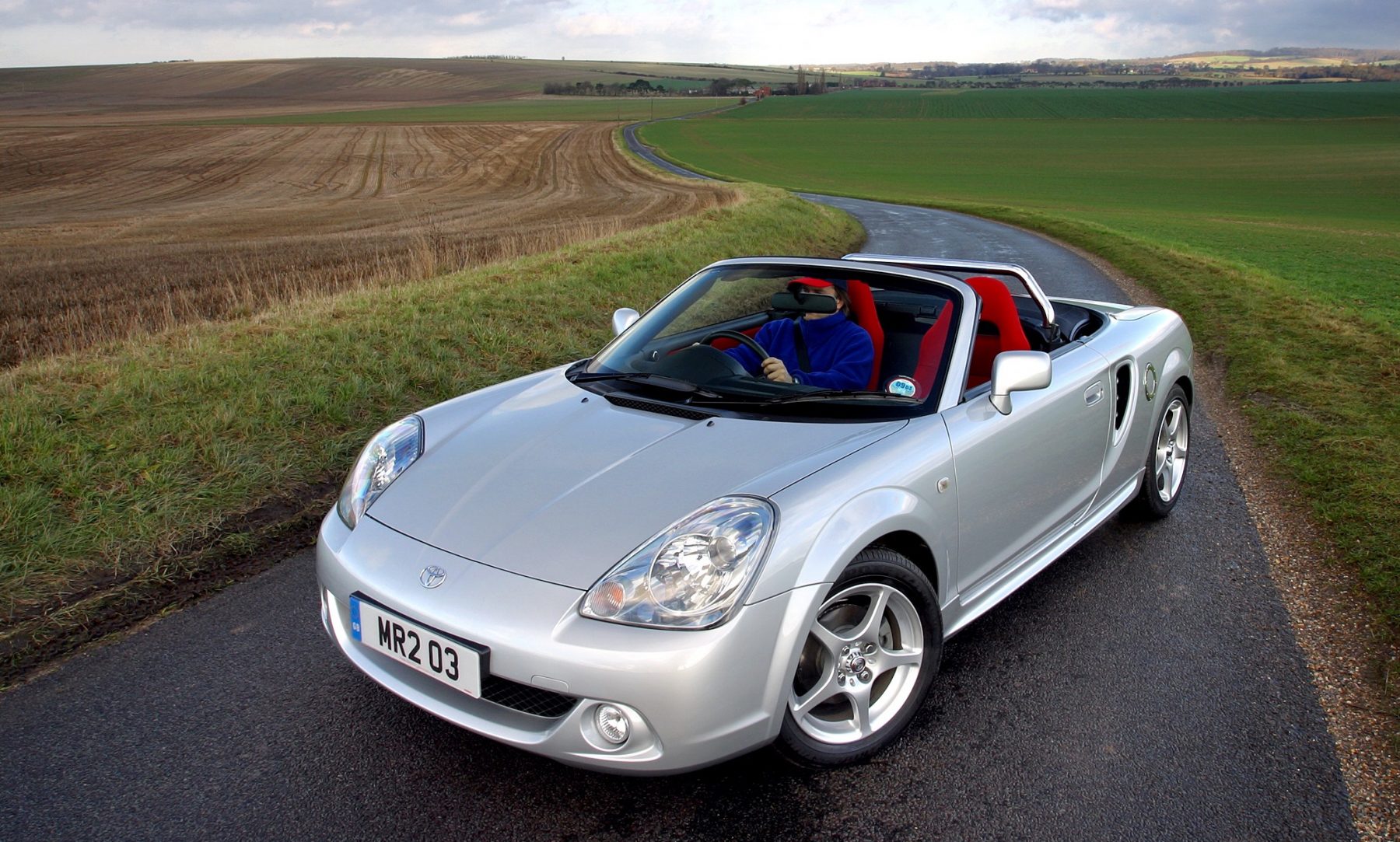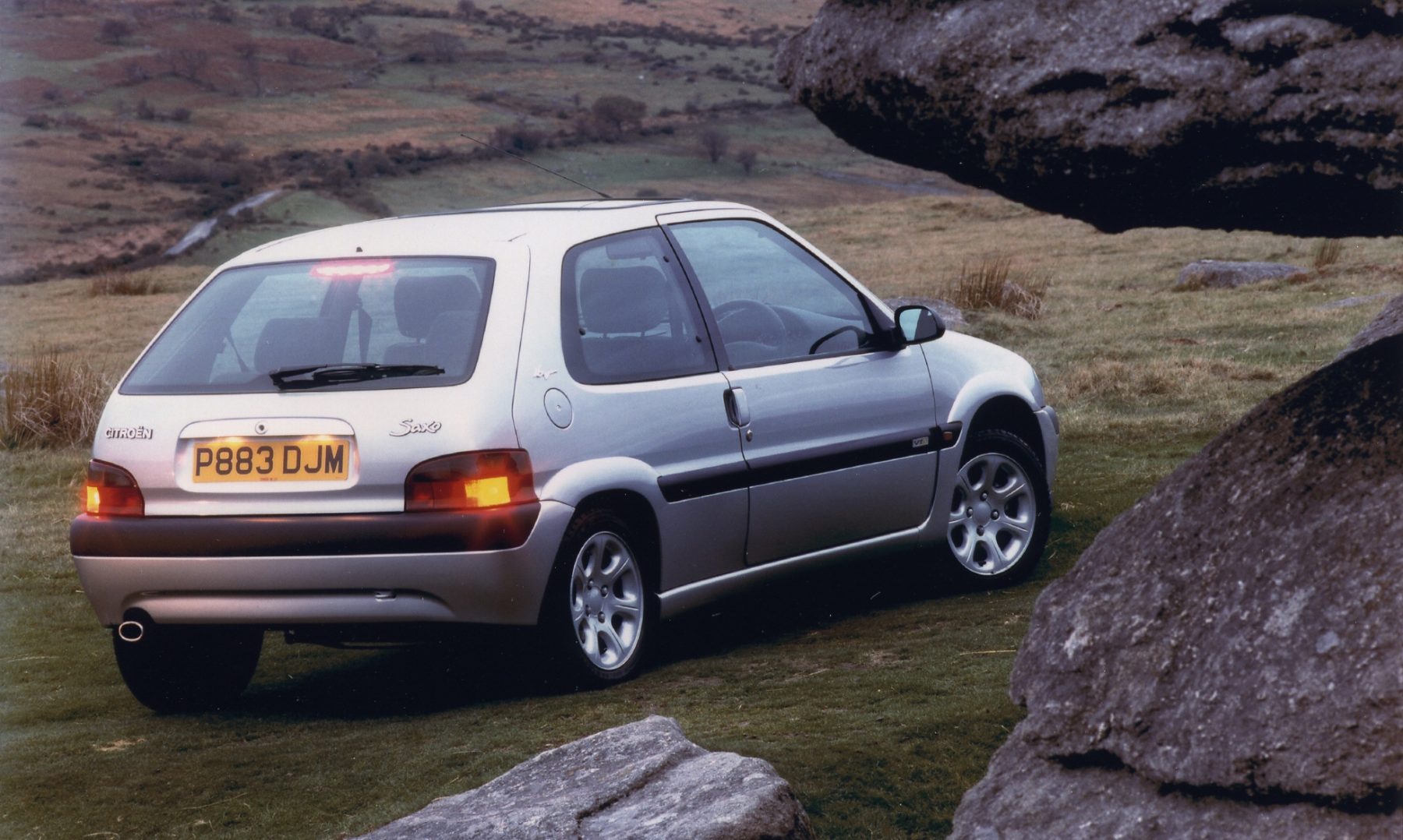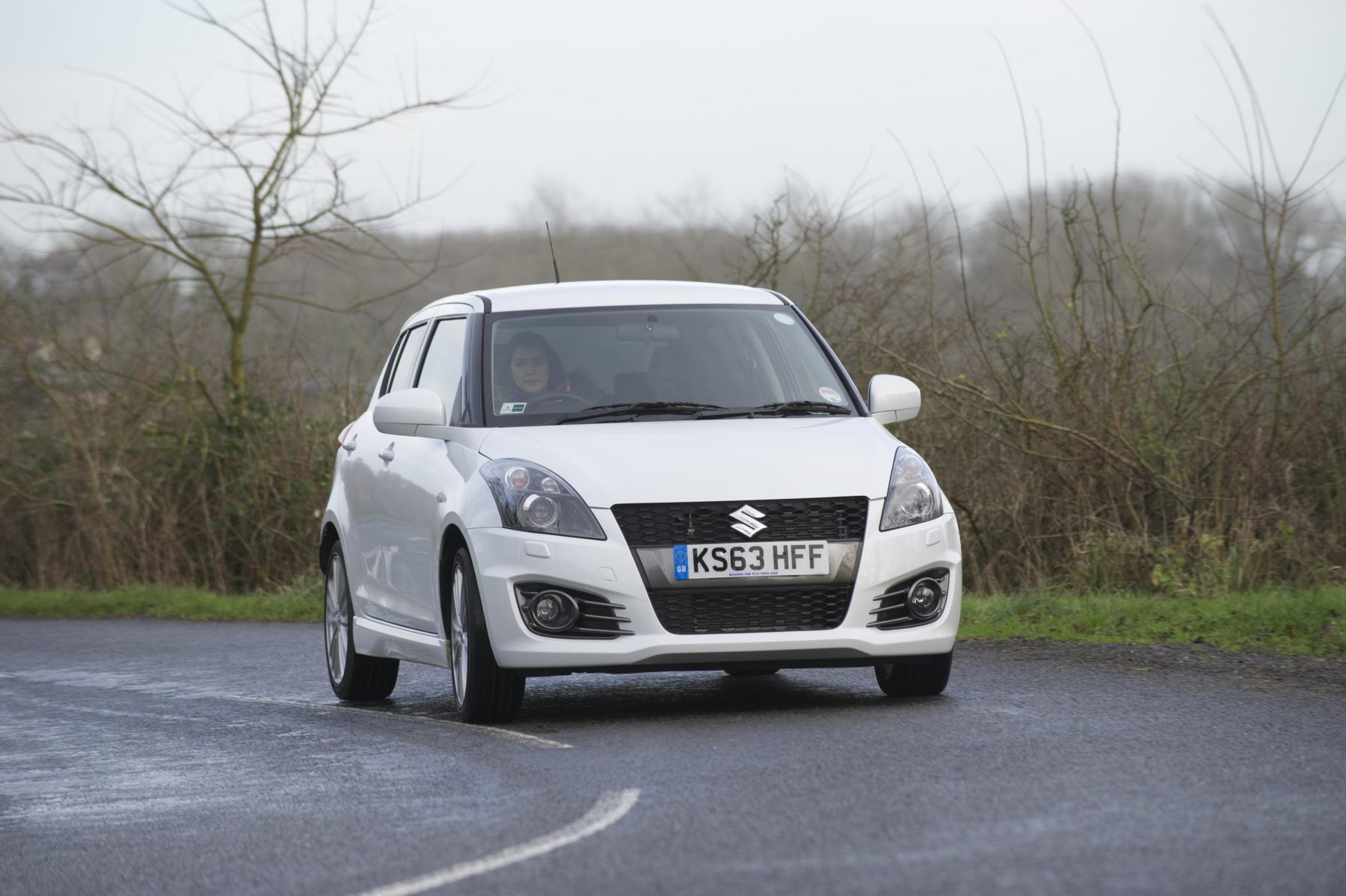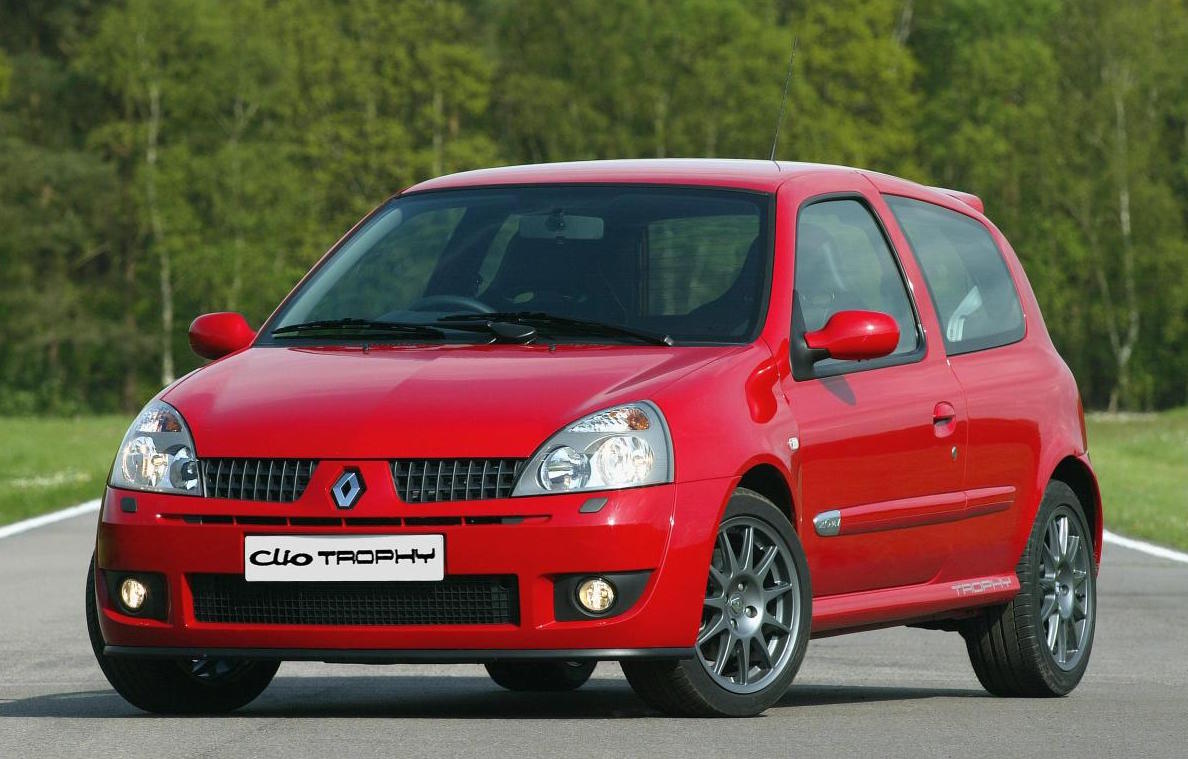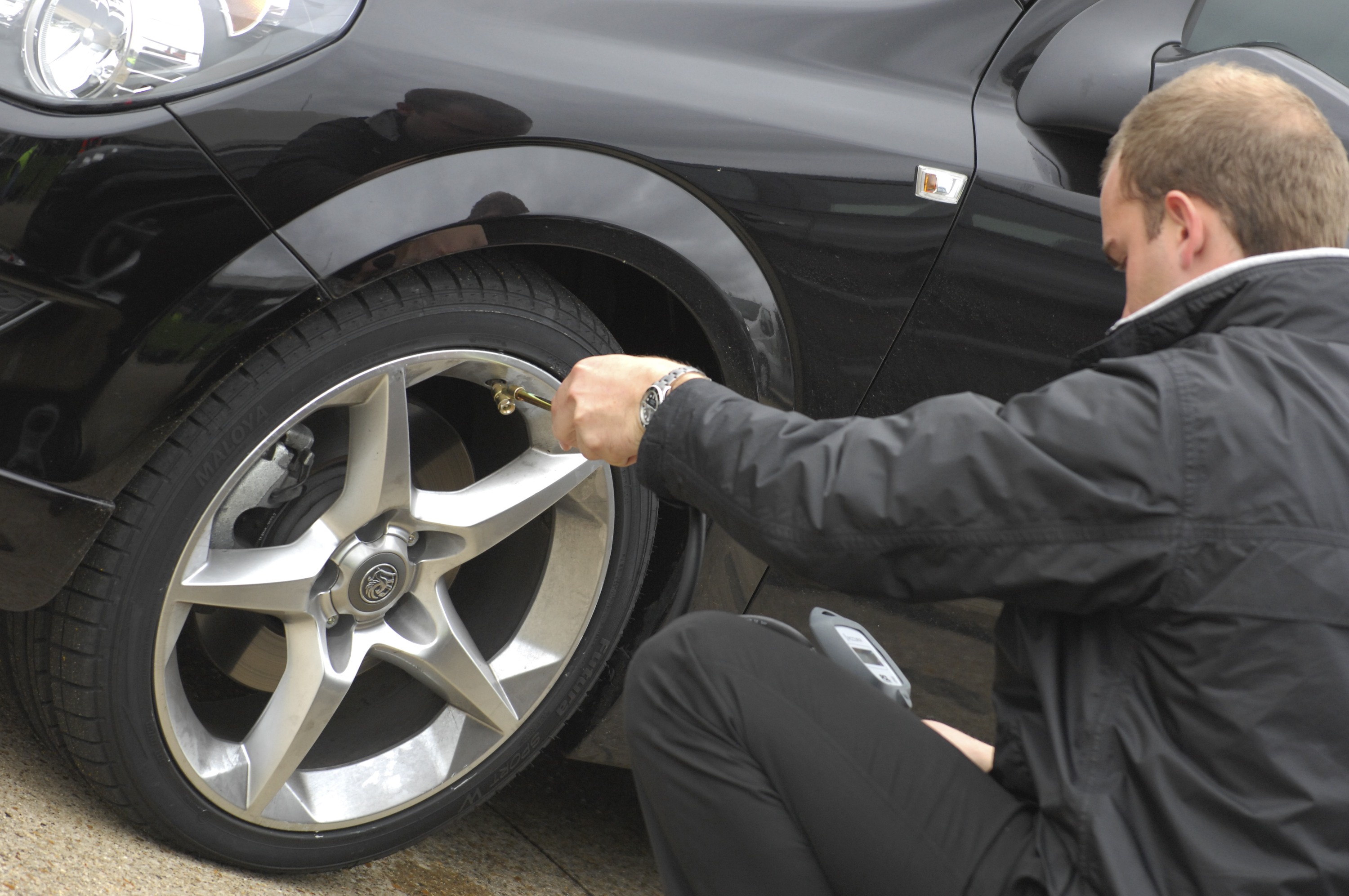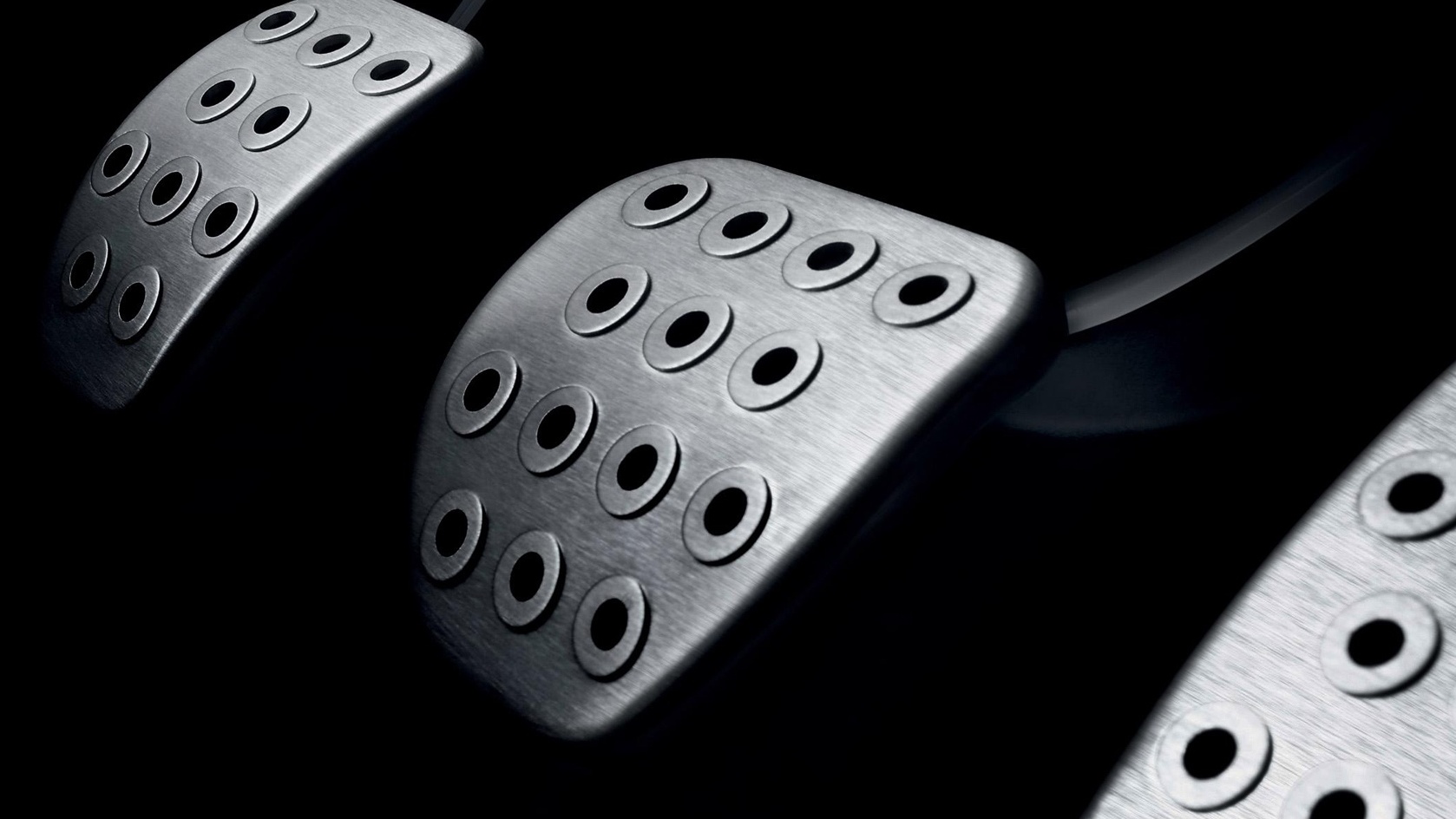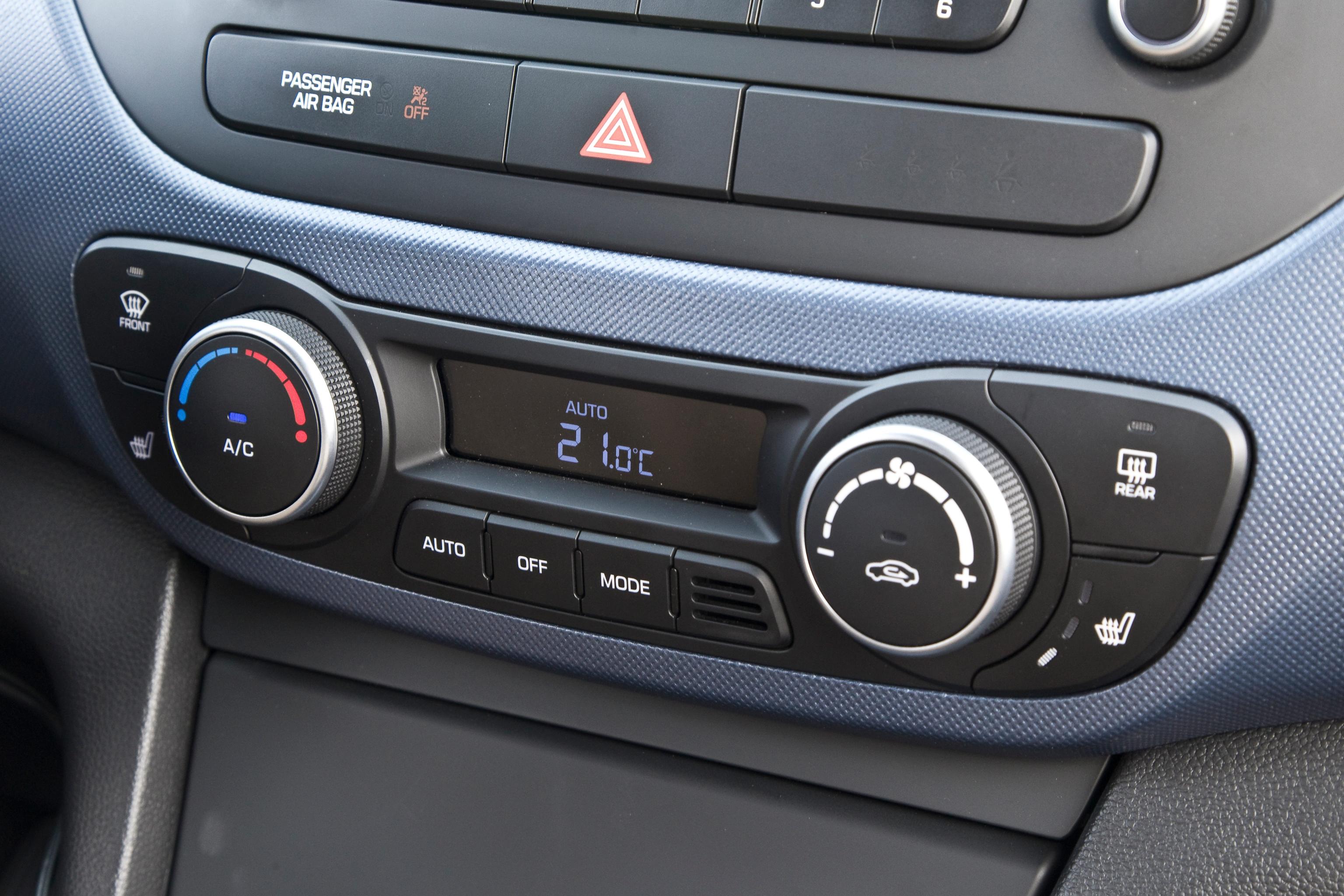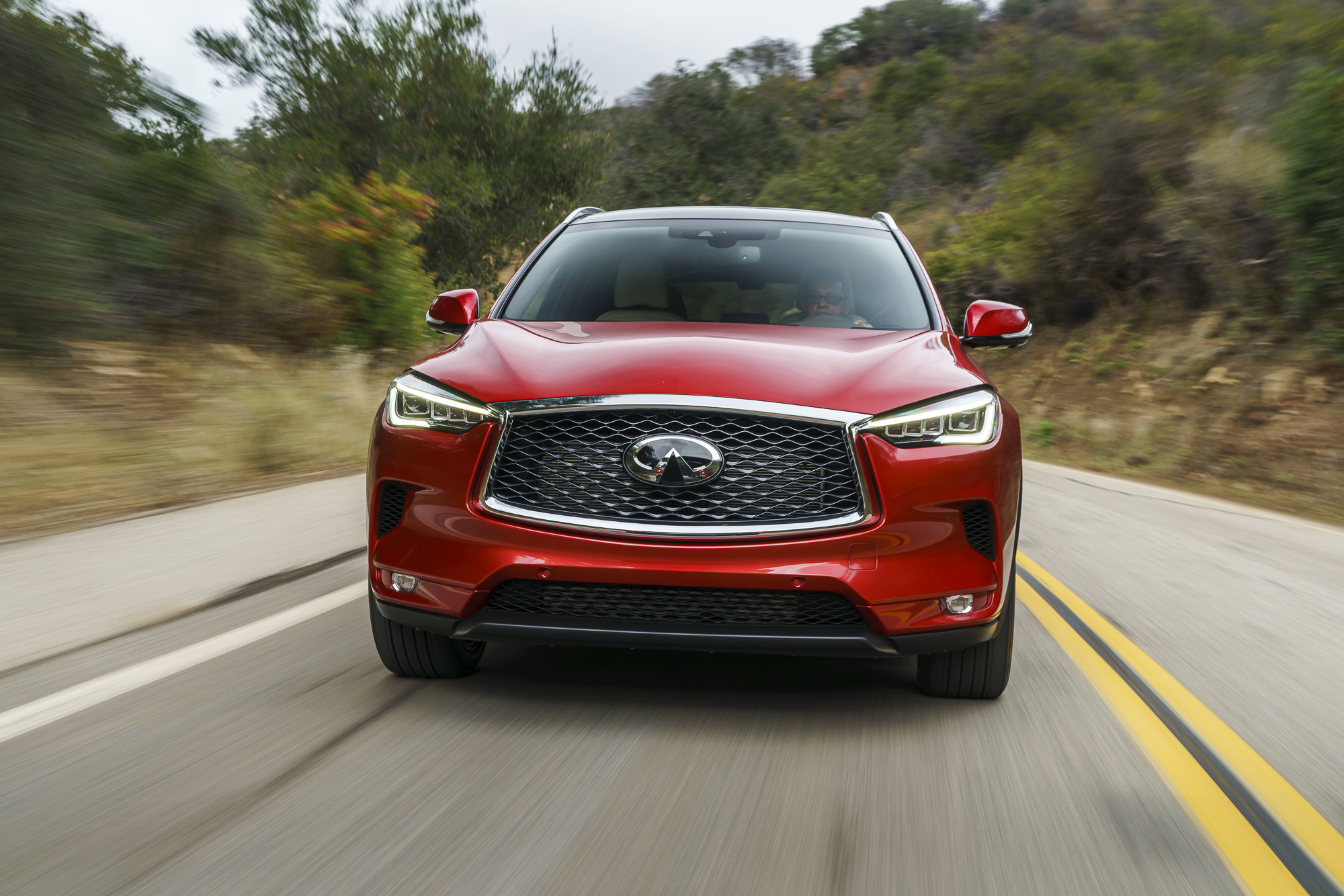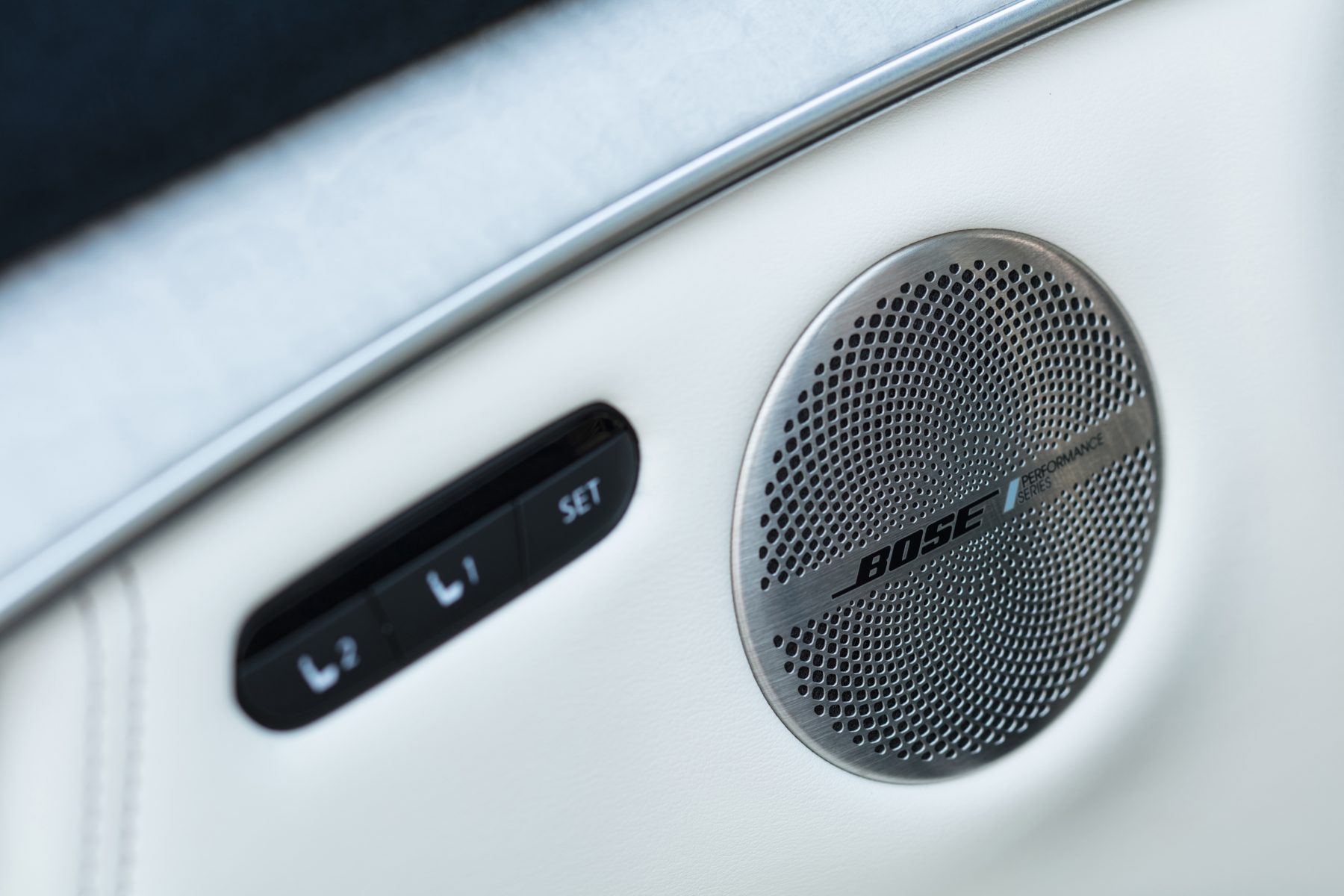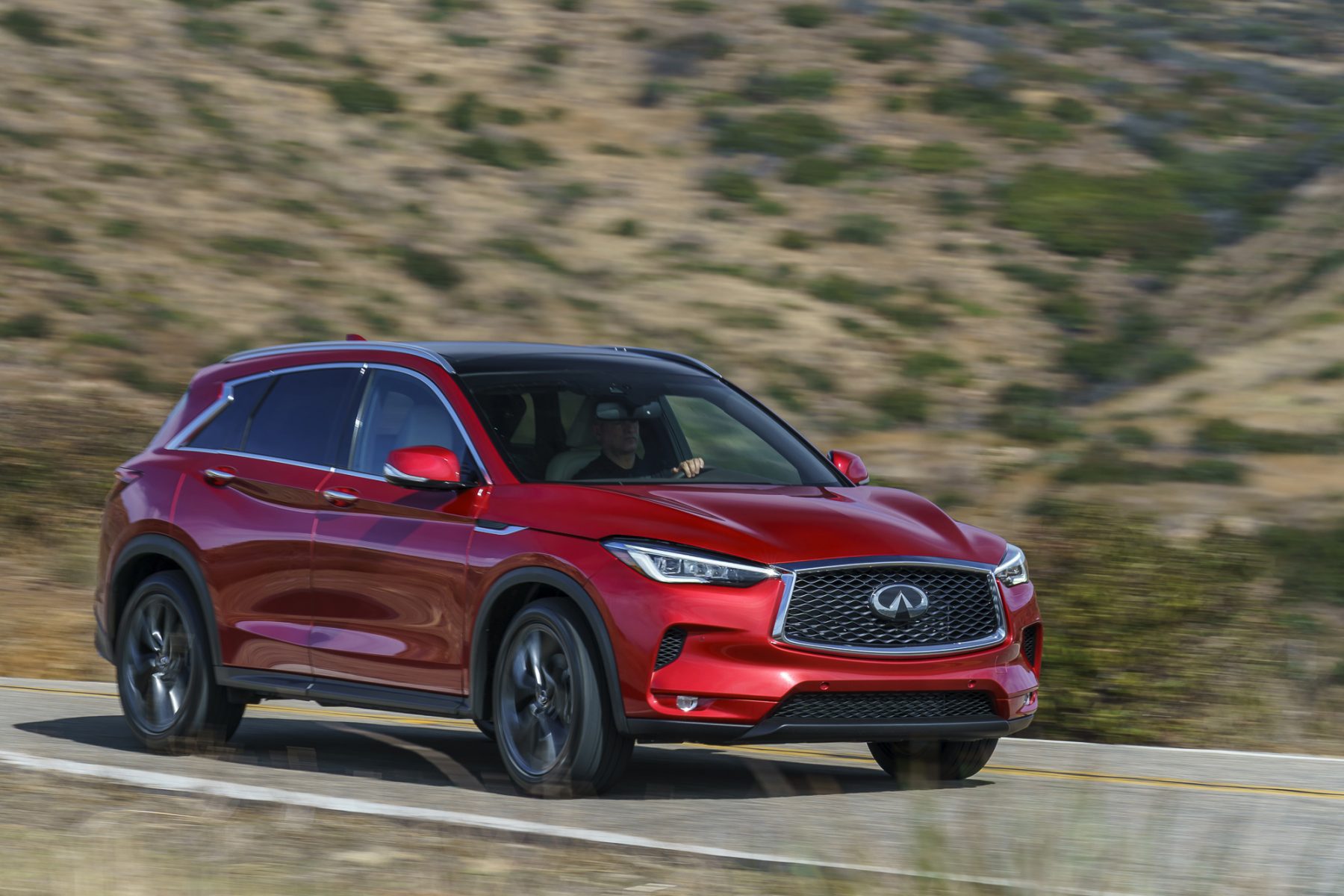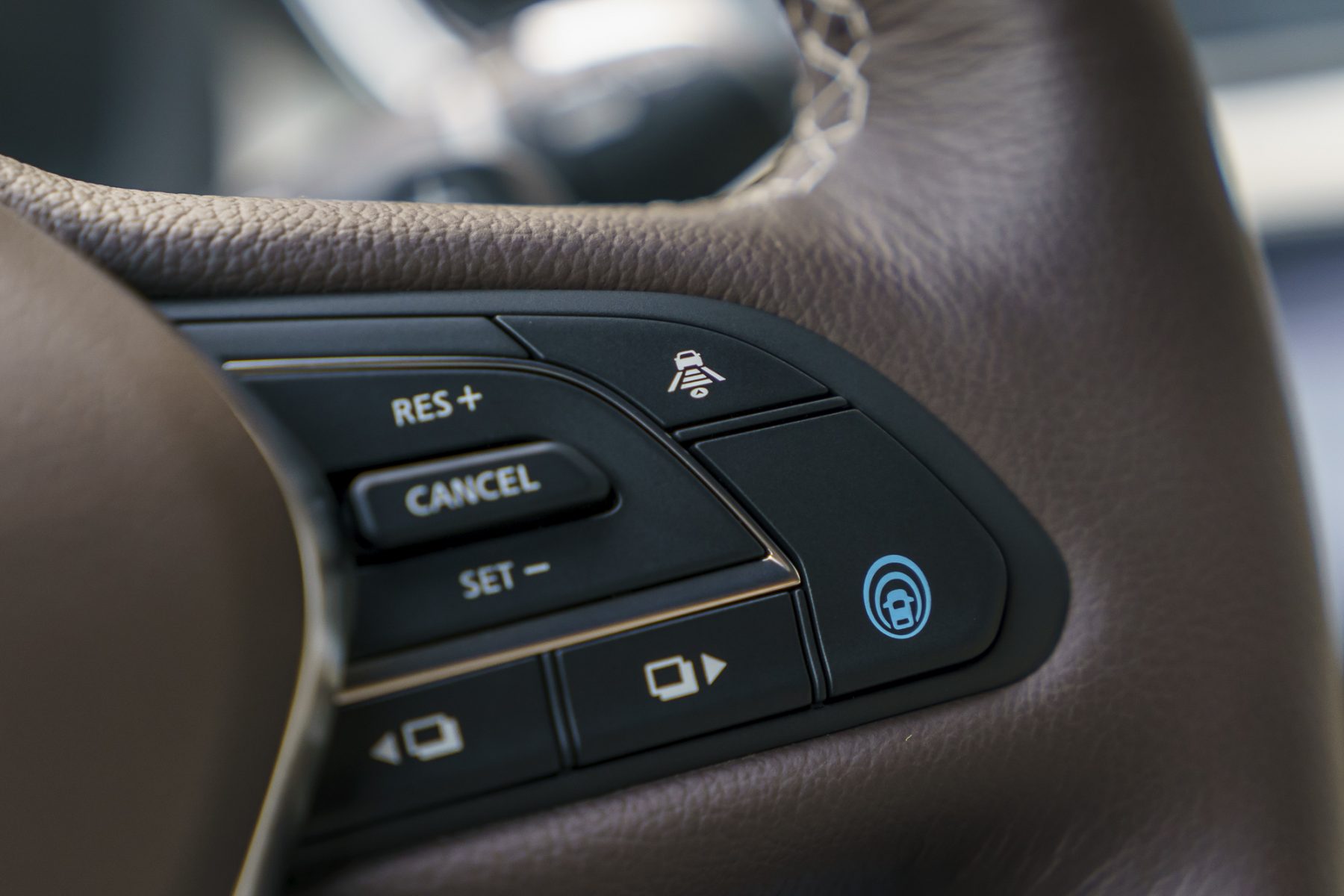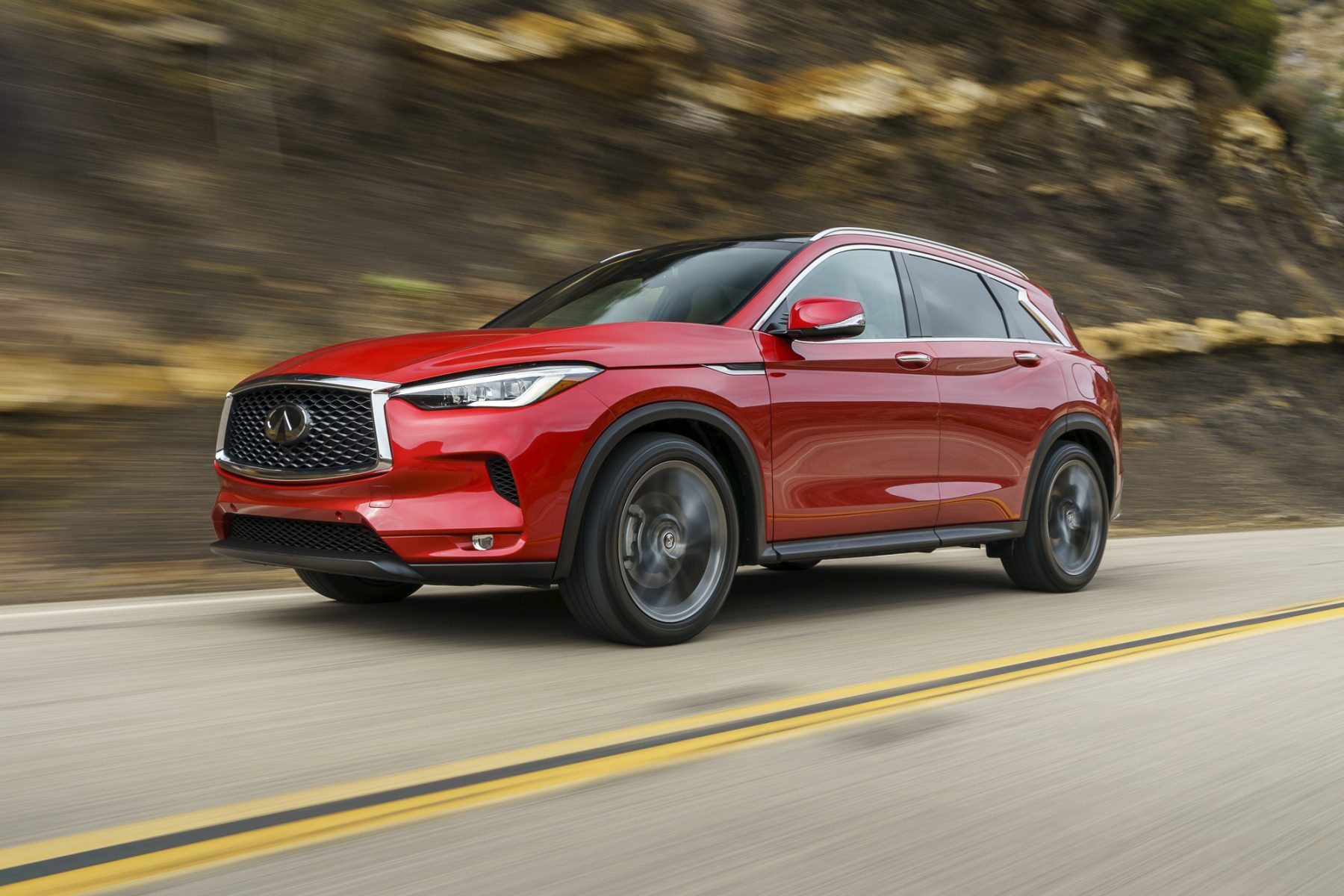We all know that we shouldn’t interact with our phones when we’re behind the wheel – it could land a hefty fine and up to six points on your licence. But that doesn’t mean a phone can’t be a useful tool when it comes to buying and owning a car.
In fact, smartphones are so handy that the use of mobile sat-nav apps is starting to kill the traditional sat-nav. No car manufacturer worth its salt equips a modern car without Bluetooth or USB connectivity, while some even provide items like wireless charging ports or dedicated phone holders.
Provided you obey the law and remain sensible, there’s no reason you can’t make your phone work as hard for you in the car as it does outside. We’ve rounded up some of the best downloads you can get to make your journey easier and more entertaining.
Waze/Google Maps
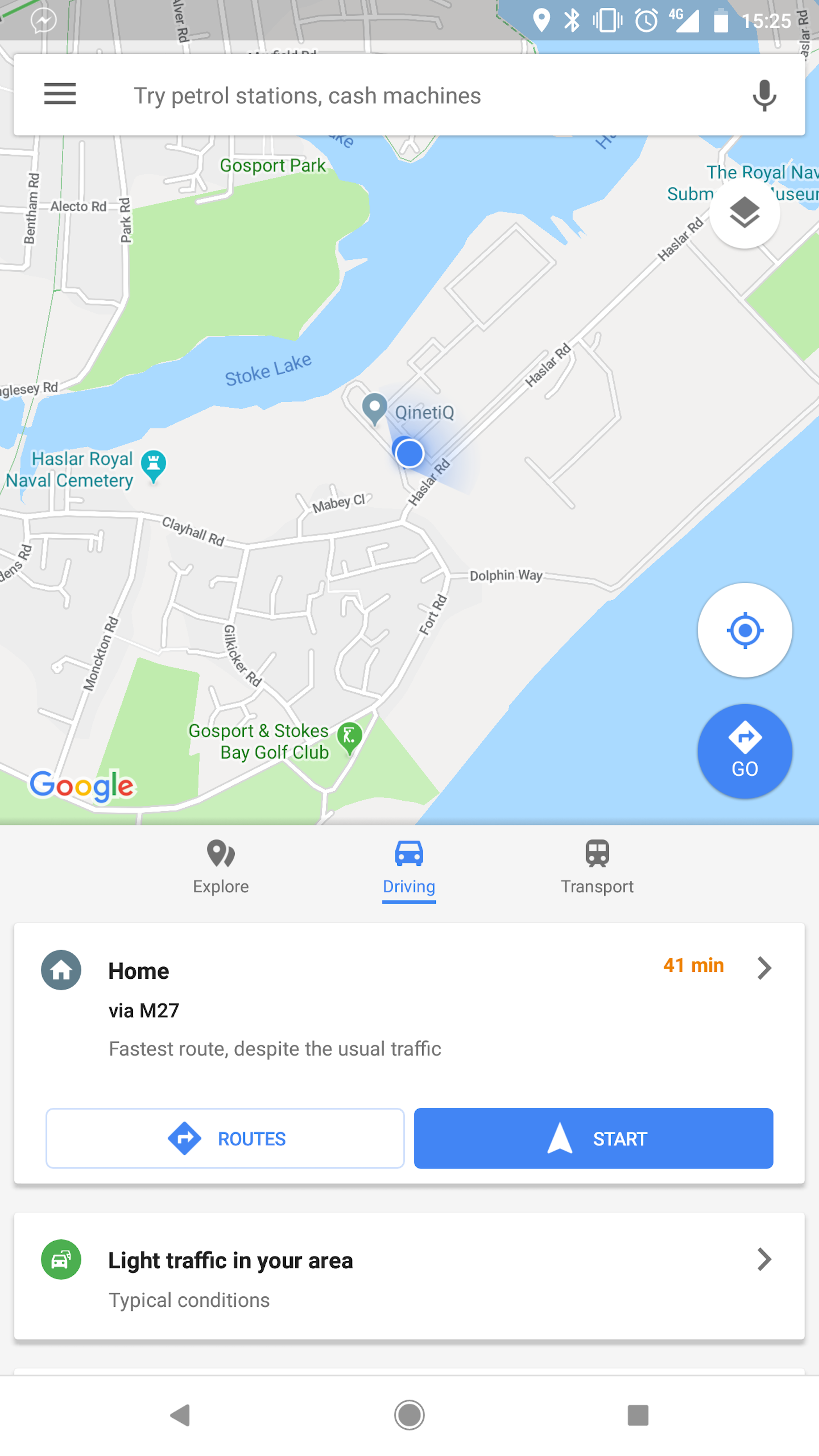
When it comes to navigation, we recommend two choices. Google Maps is a brilliant all-rounder – it responds quickly to traffic, offers intelligent route guidance and clear instructions via a bright, simple interface.
However, if you’re heading to a big city, download Waze. Grabbing data from its users to give real-time alerts on traffic and obstructions, Waze is unbeatable for route guidance in busy metropolitan areas, even if it becomes unstuck out of town.

Spotify

The free version of Spotify opens up a massive world of music streaming at your fingertips. It operates via your phone’s internet connection and is simple to use – even more so when connected to Apple CarPlay or Android Auto.
The service works across desktop and phone apps, allowing you to collate playlists and choose tracks before you drive. Opt for the £9.99 per month subscription service also gives you access to the vast library for offline listening.
Audible

Most of us enjoy listening to music behind the wheel, but if you have a long commute and bemoan the lack of horizon-broadening literature, audiobooks may be the way forward. Audible is Amazon’s own library of downloadable audiobooks and it’s the most extensive on the market.
The companion app works really well, too, and is compatible with Android Auto and Apple CarPlay giving you a super clear and integrated interface.
Drivvo

In-car computers can be inaccurate when it comes to keeping tabs of fuel economy or maintenance. Drivvo takes care of this for you – simply input your details and it will chart just about everything to do with your vehicle.
The fuel tracker feature is especially handy, allowing you to chart business and personal mileage separately. Opt for the paid version, and you’ll have an ad-free experience with all your data kept safe in the cloud.
TuneIn Radio

In-car DAB often isn’t the greatest in quality or signal strength, so internet radio is a great alternative – with a stable signal wherever your phone can access its data network. There are almost 40,000 radio stations to choose from, so even the pickiest listener will be able to find something they’re interested in.
There are numerous apps around, but we like Tunein best because of its stable signal, easy-to-navigate interface and vast number of stations.
AppyParking

Hunting for somewhere to drop your car off can be virtually impossible sometimes, especially in a big city, but AppyParking makes the job a little less arduous. It shows spaces on a clear, colour-coded map – simply drop the pin where you want to park and it’ll tell you about local parking restrictions.
You can also search for off-street bays and public car parks, plus electric charging points – and when you’ve deposited your vehicle, the app has built-in navigation to take you back to it. Best of all, you can pay through the app, including extending your time without having to return to your vehicle.
Official Driving Theory Test

What if you’re not a driver, but an eager learner just waiting to pass? The DVSA’s official theory test app is ideal for swotting up on your skills before you take to the wheel.
As it’s direct from the government, it’s the most up-to-date and accurate of all the numerous apps available. Combined with one of the excellent hazard perception practice apps on offer and you’ll be well on your way to passing.
Your own vehicle’s app
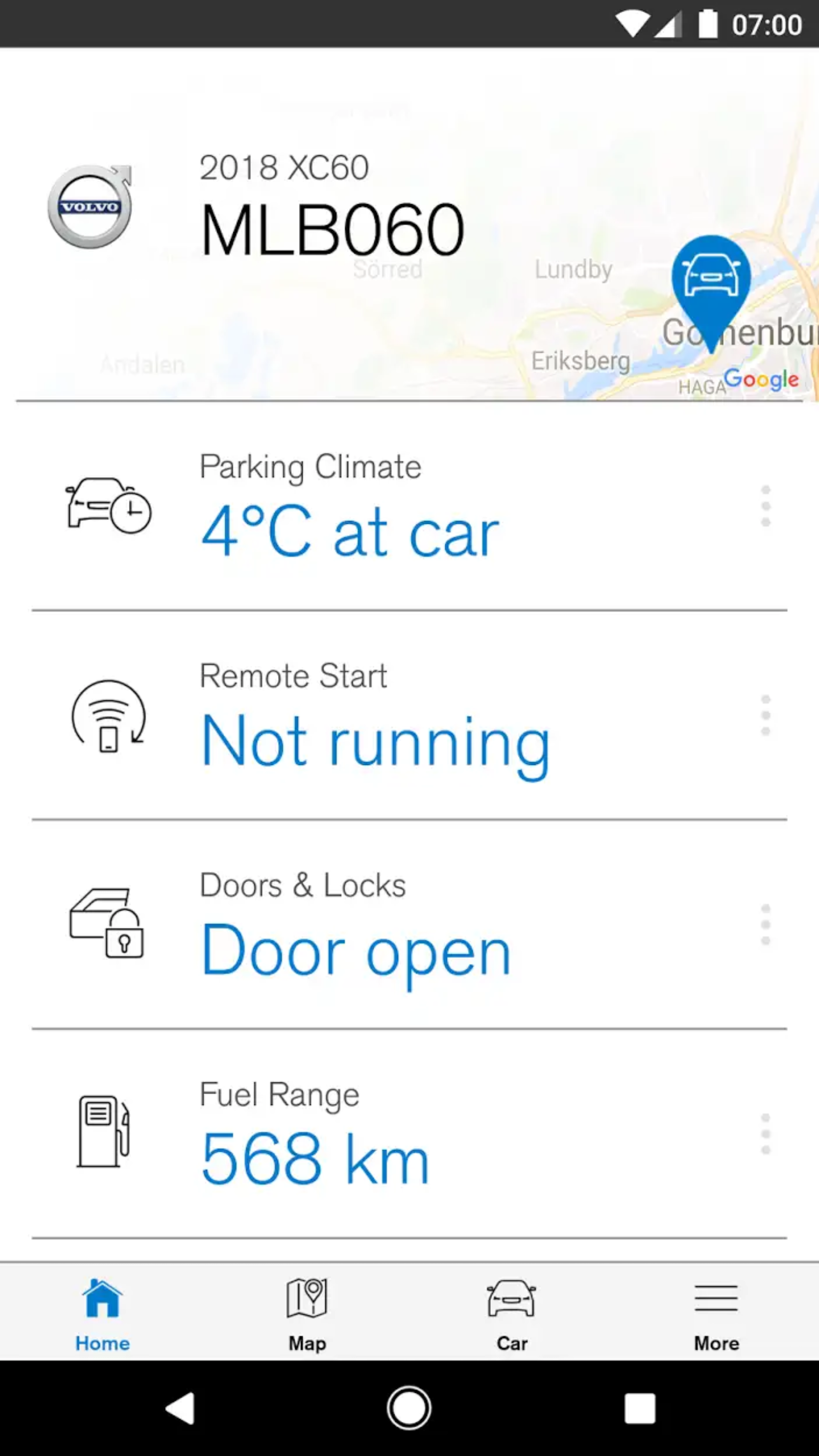
If you have a modern, connected car, chances are your vehicle’s manufacturer has released its own app. If that’s the case, it’s worth downloading, as it can unlock extra functionality and features within your car.
For example, Volvo’s On Call app allows you to track your vehicle and lock or unlock it remotely. It informs you of necessary maintenance and during the winter months you can even use it to pre-heat the car before you get in – handy stuff.

